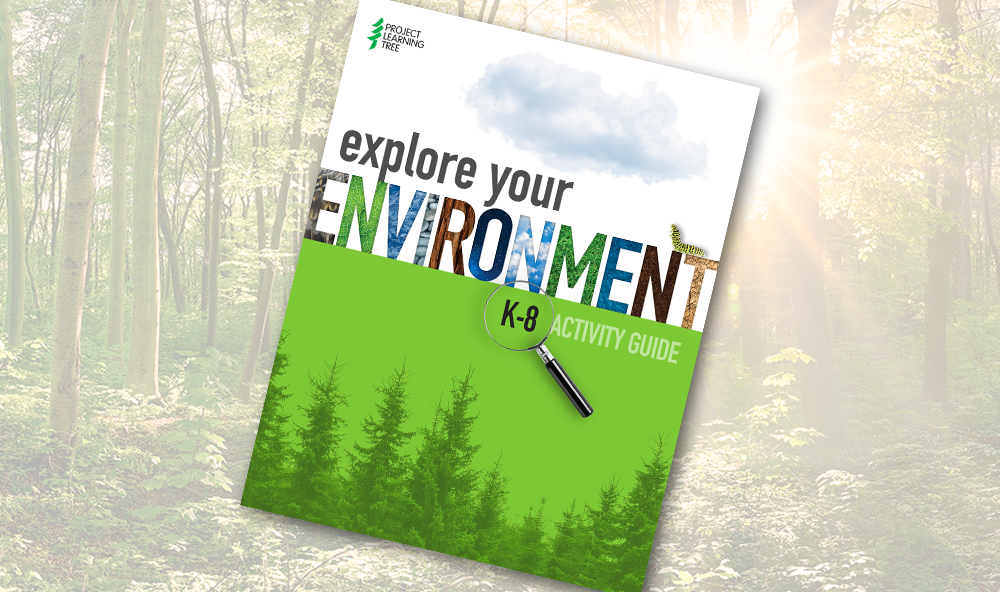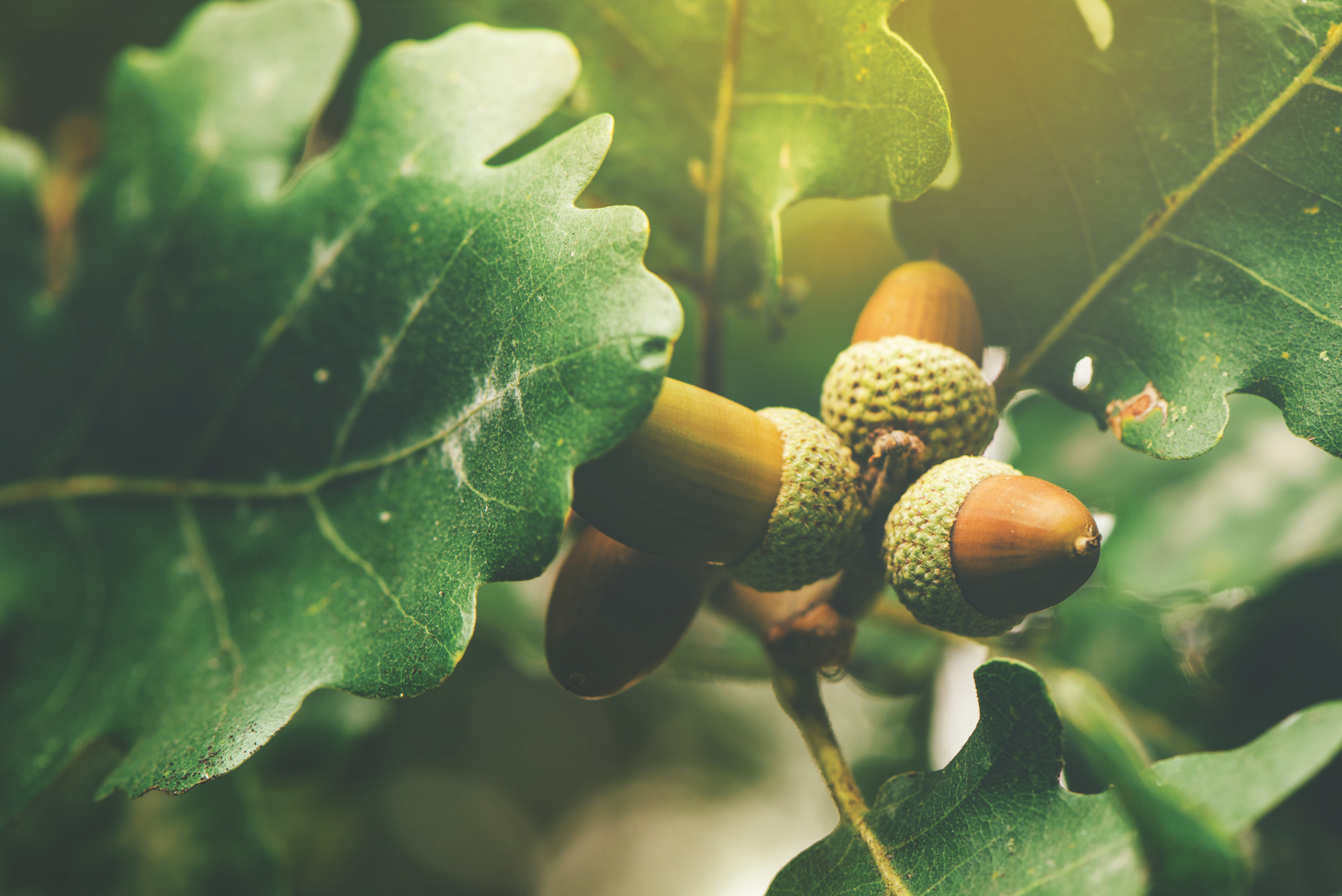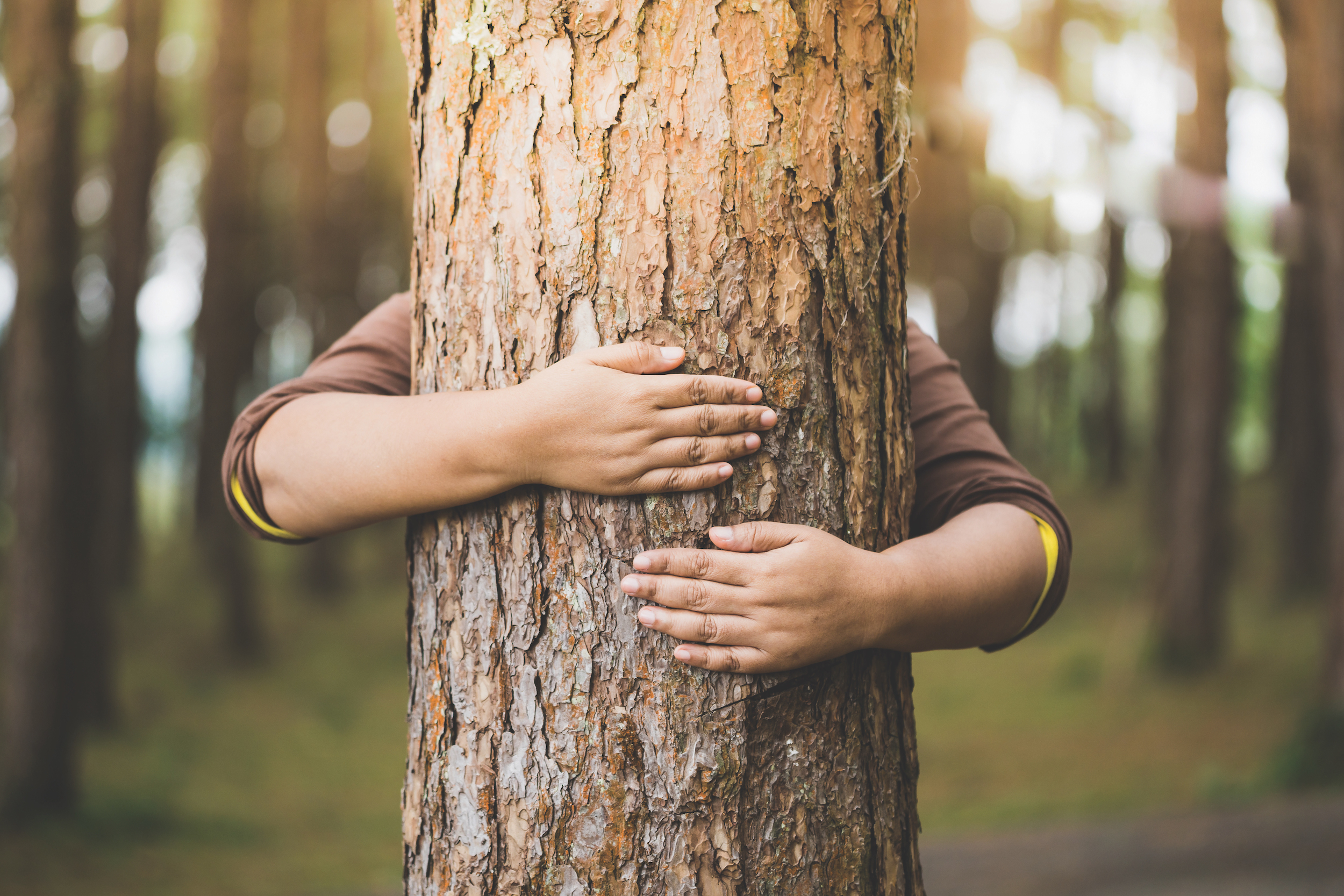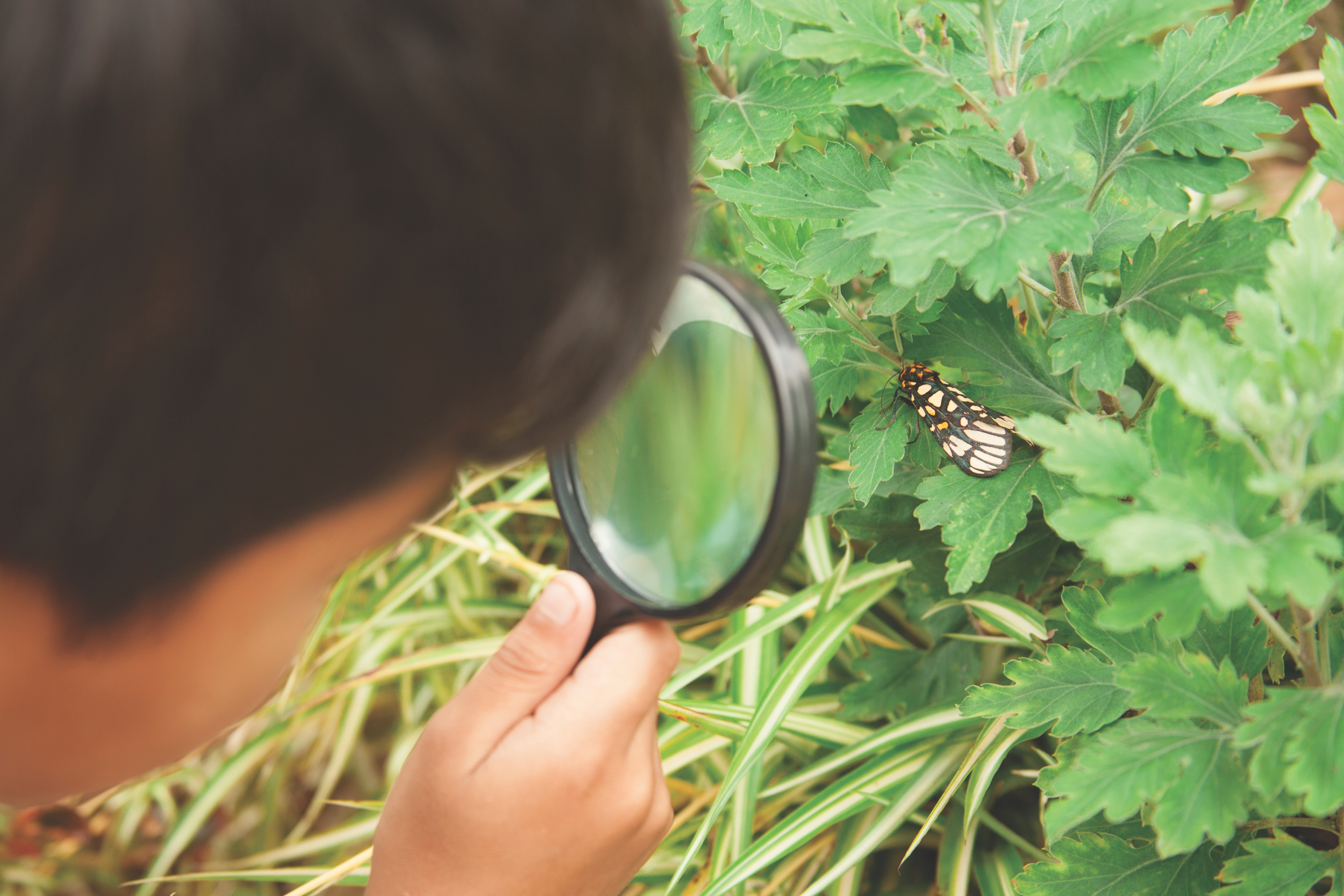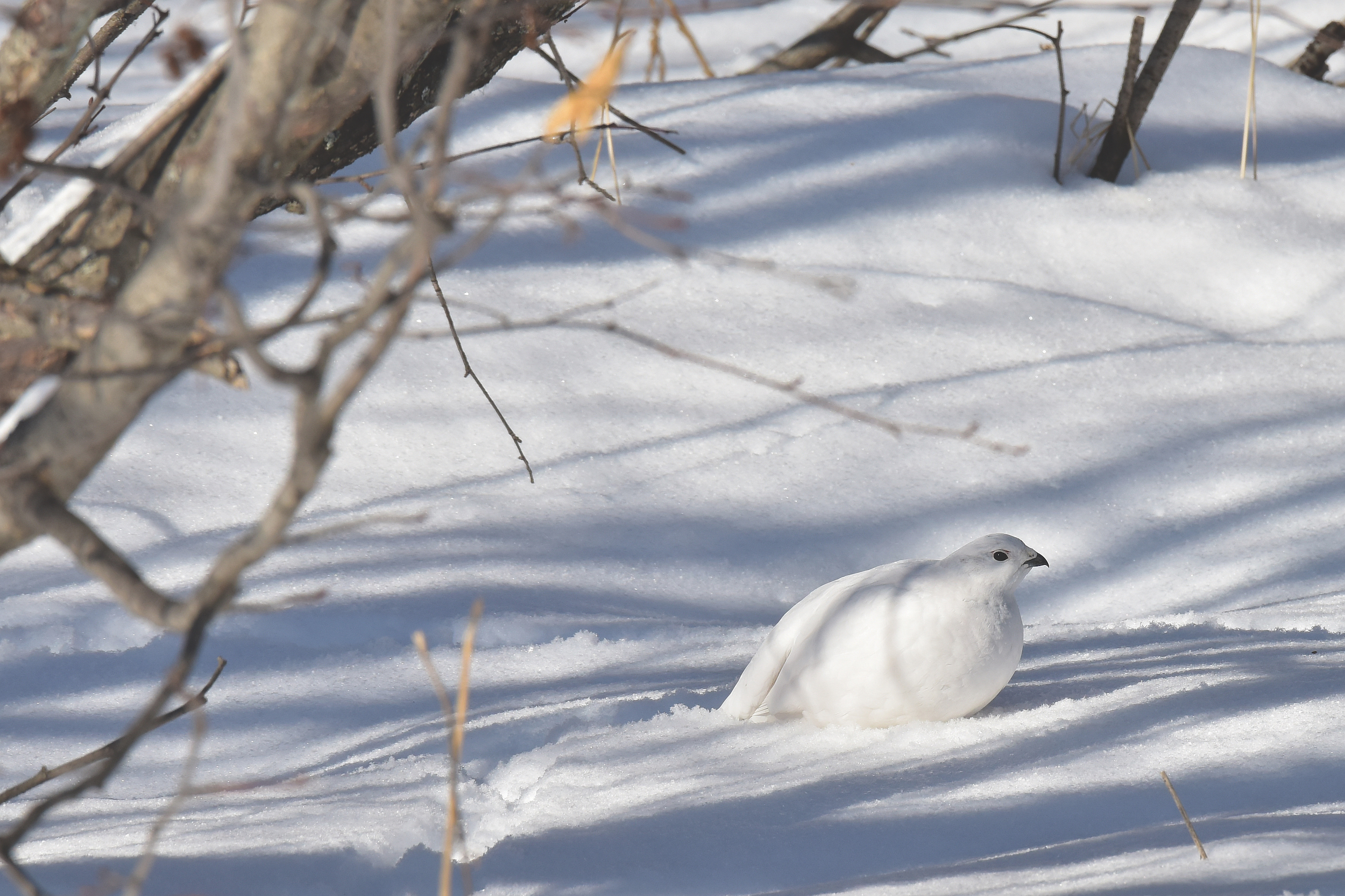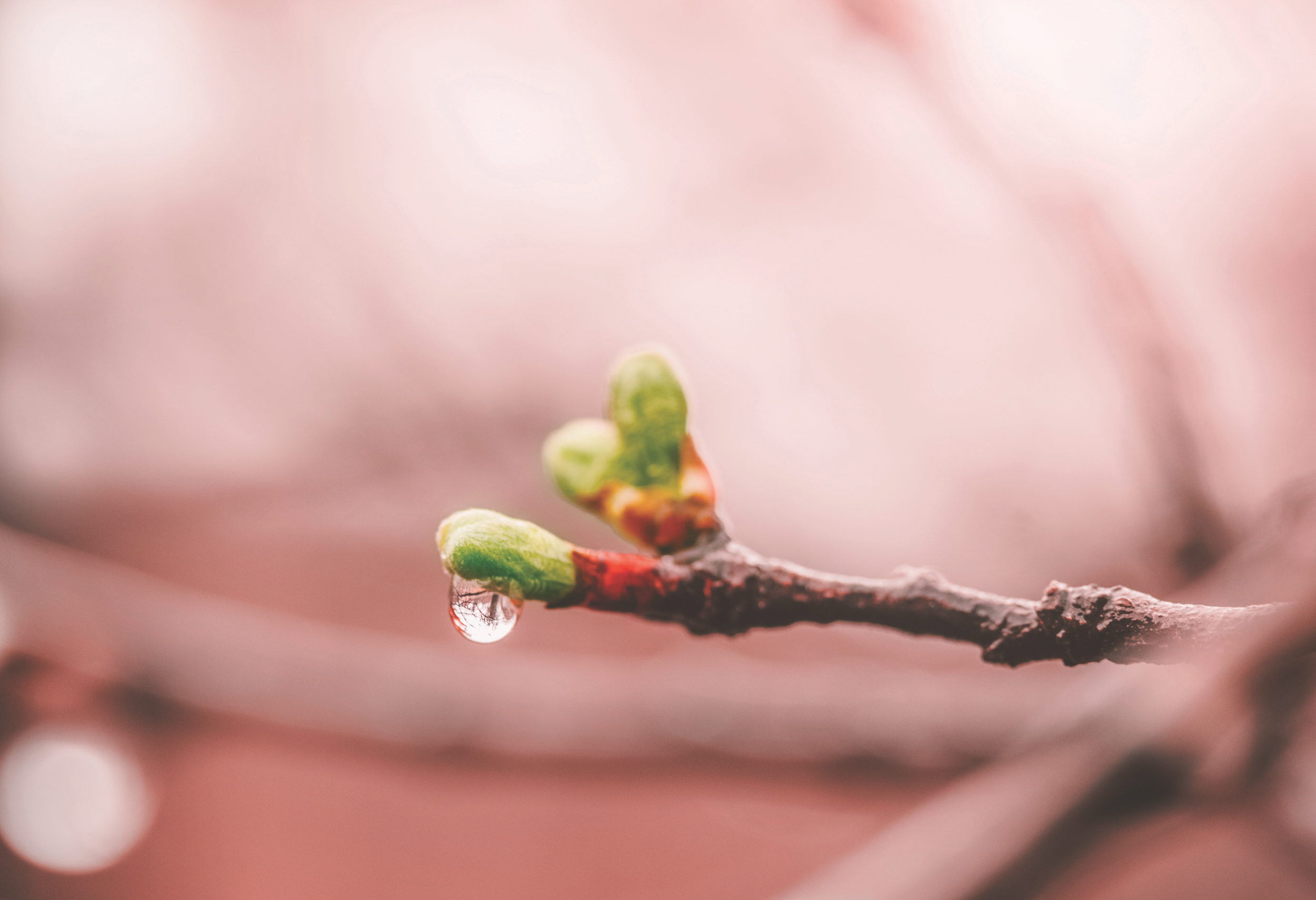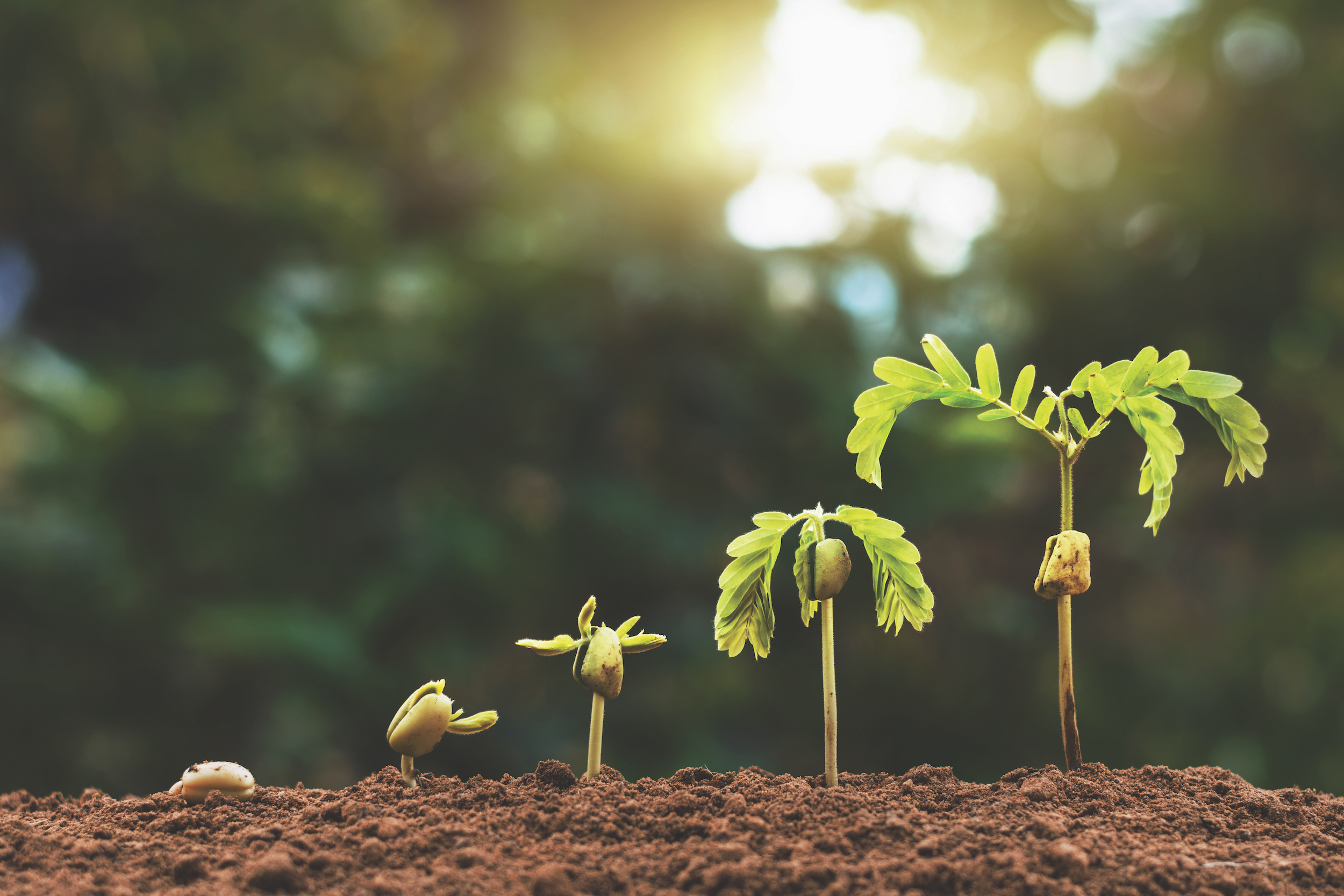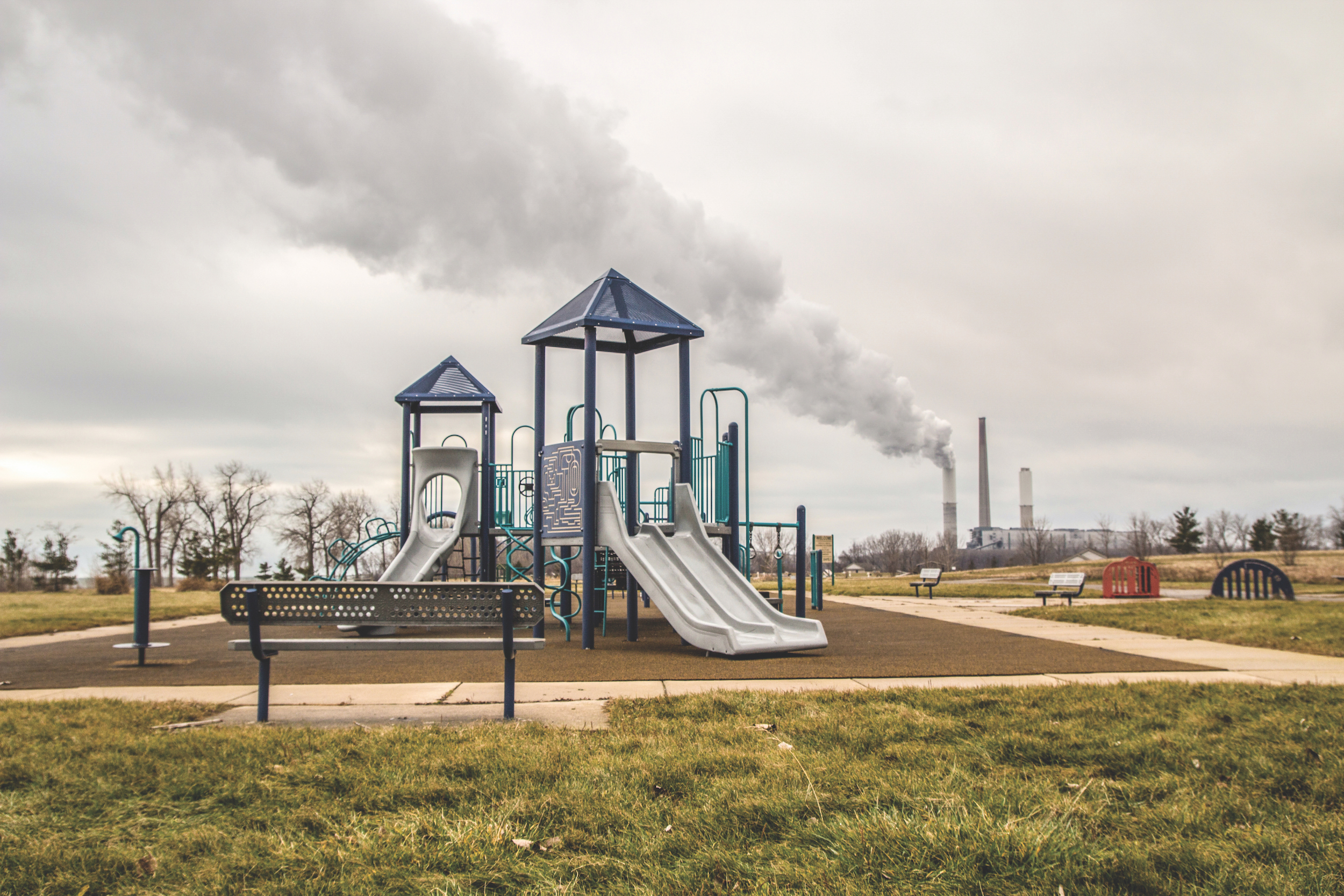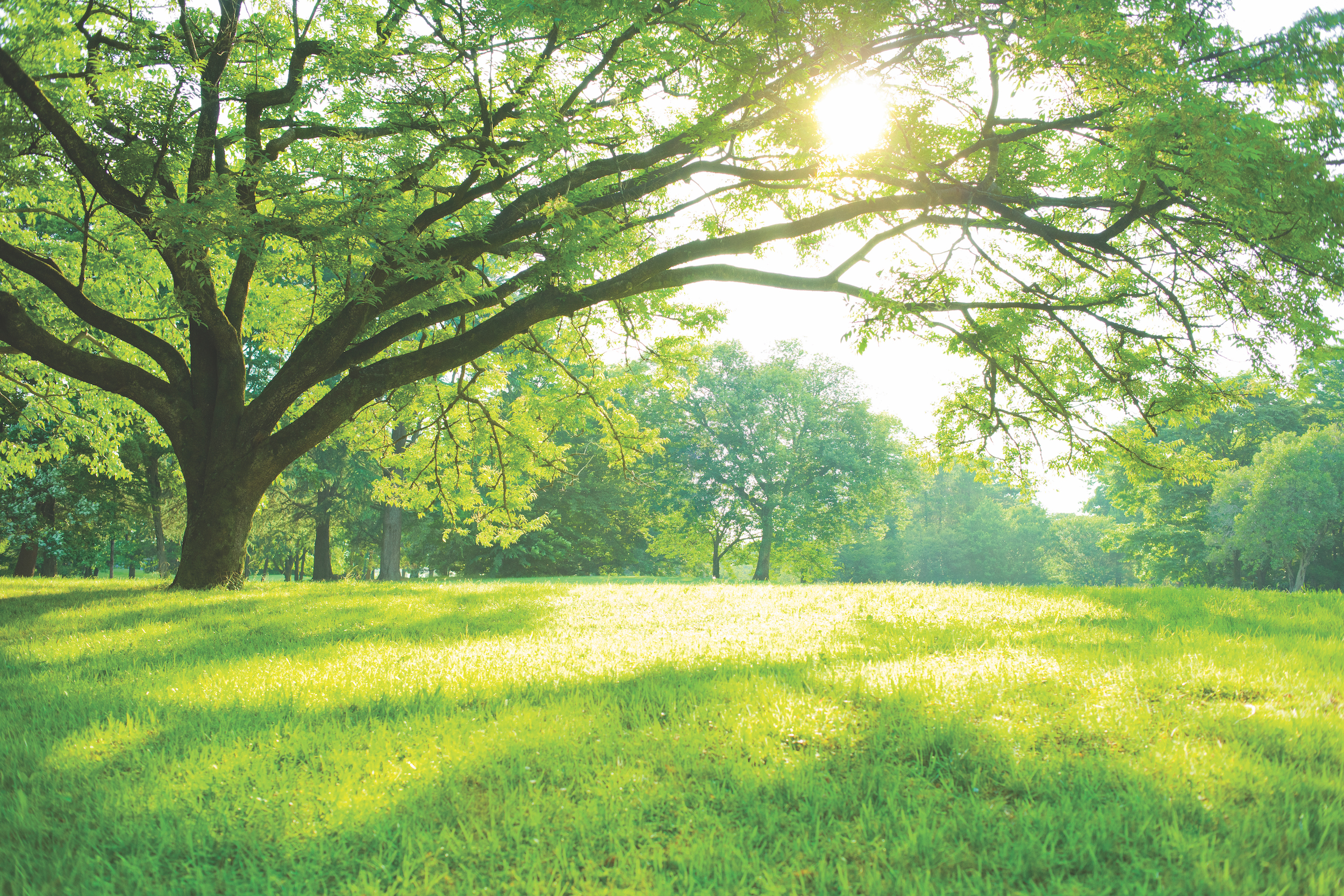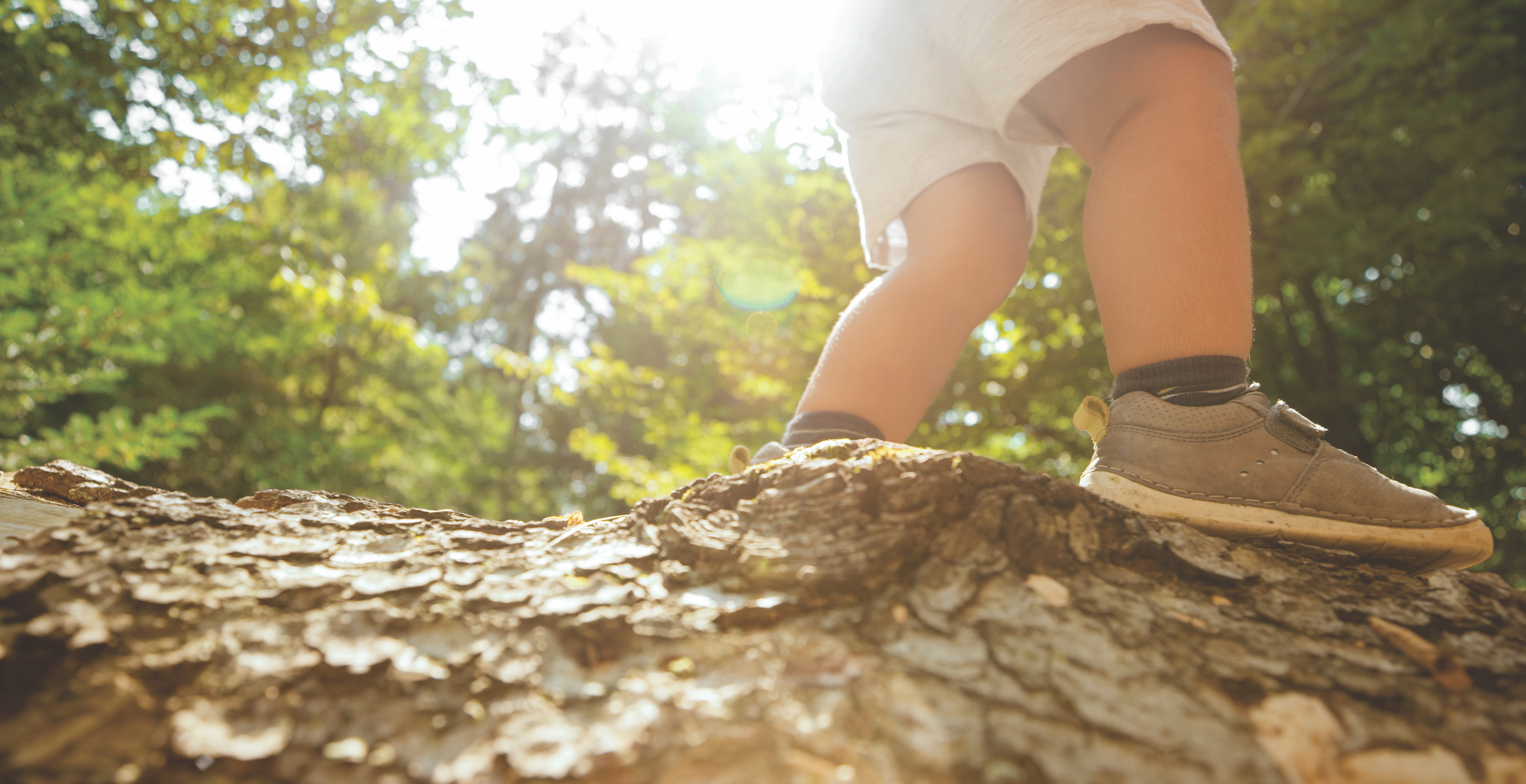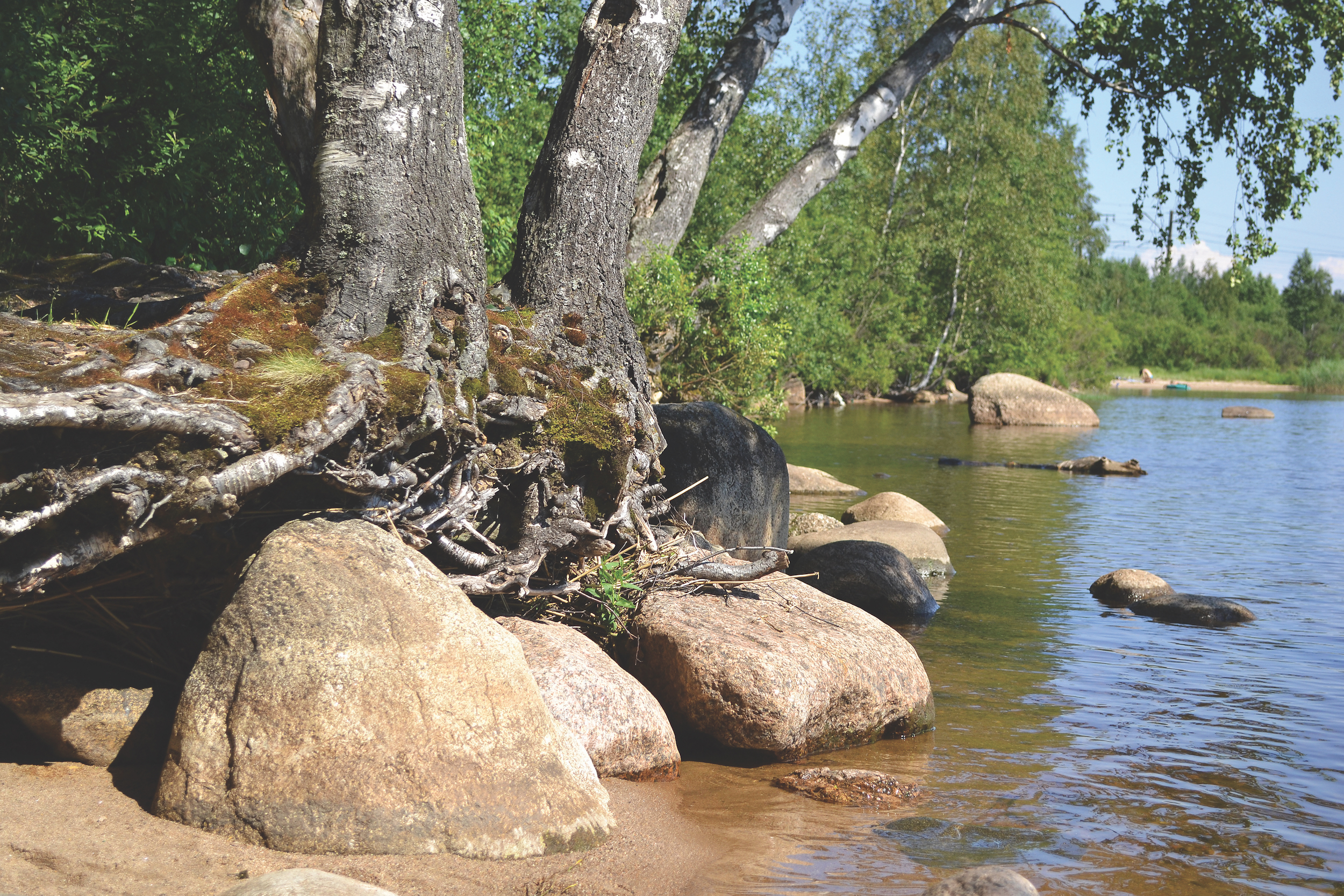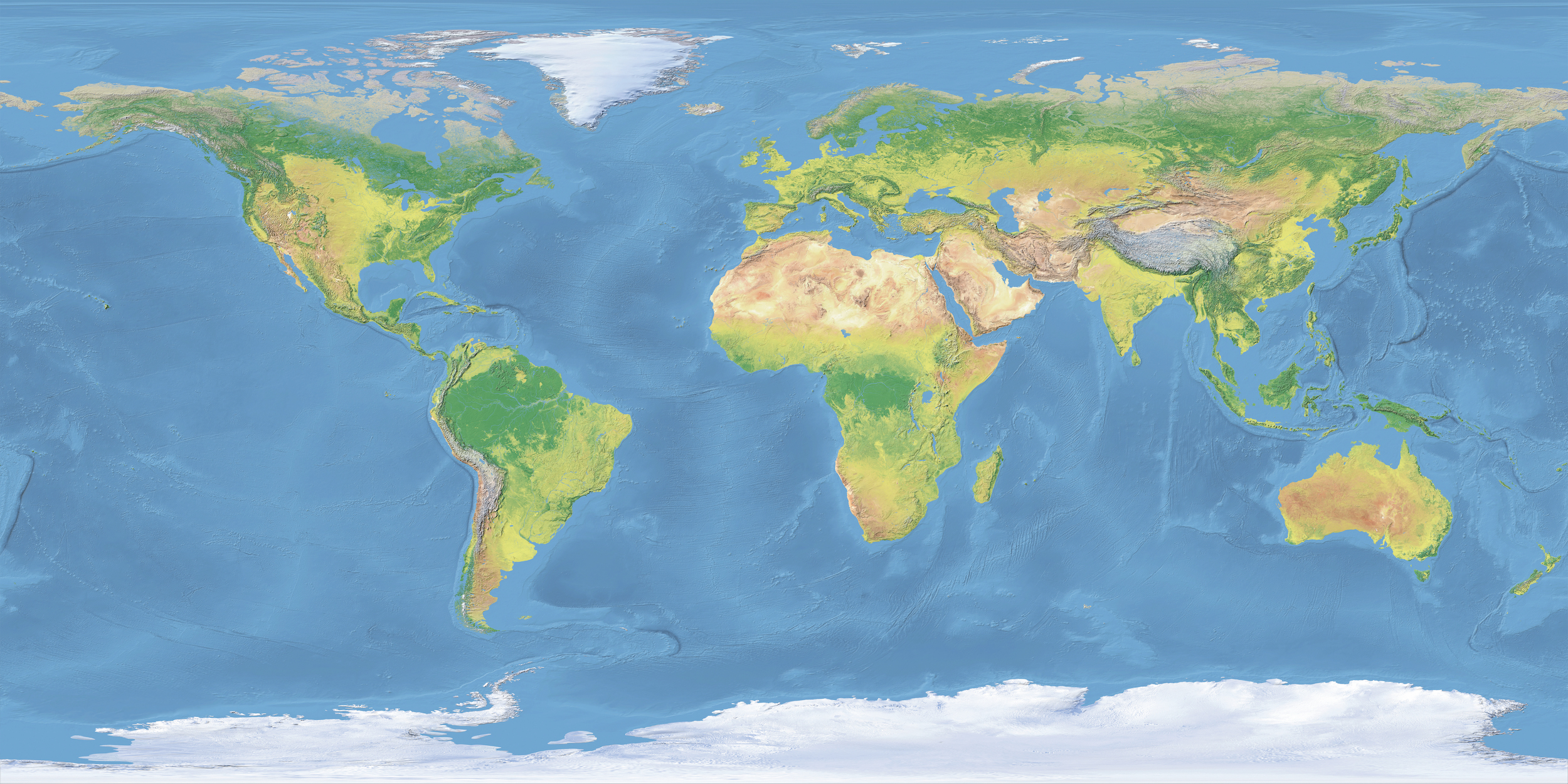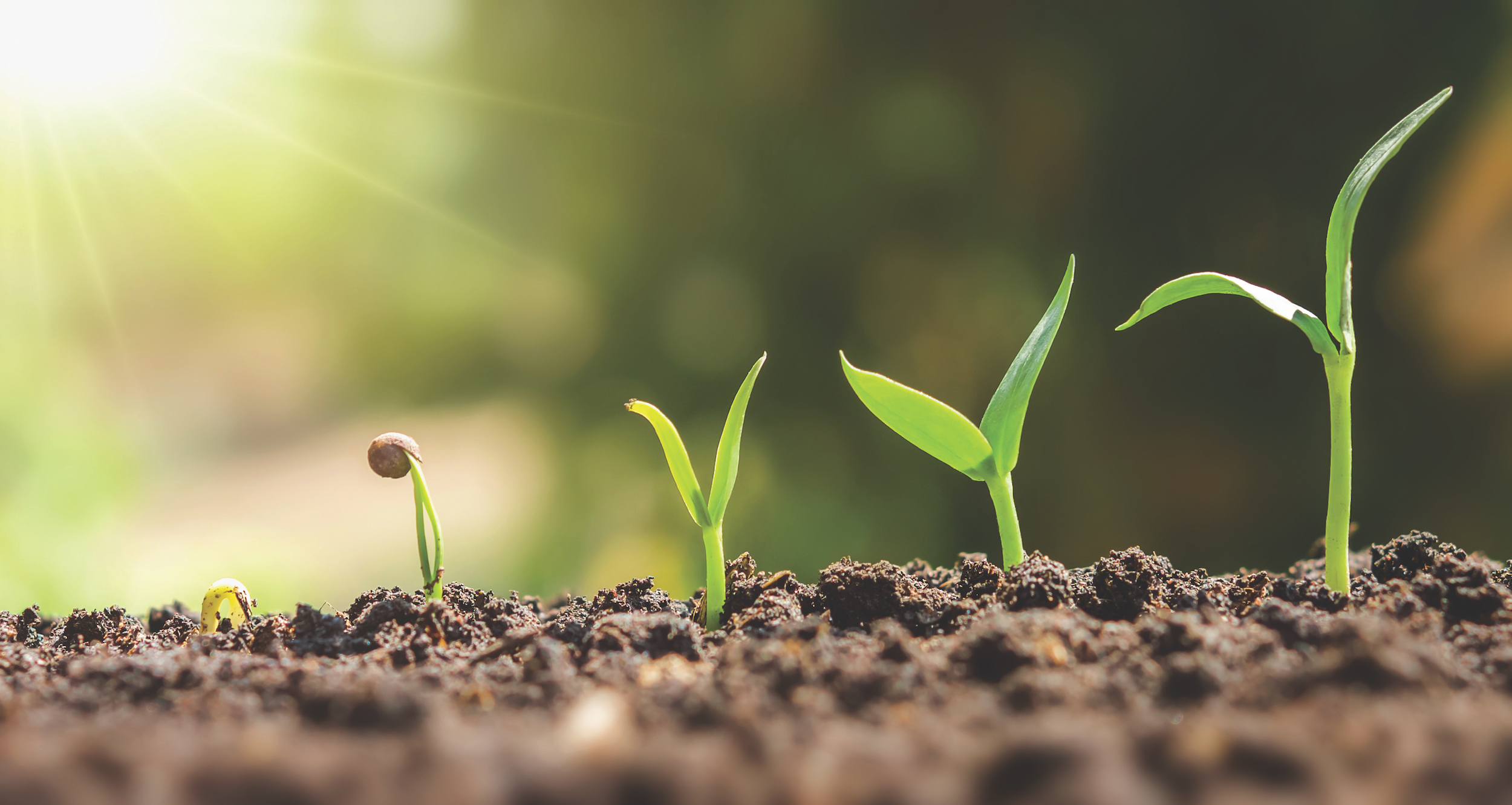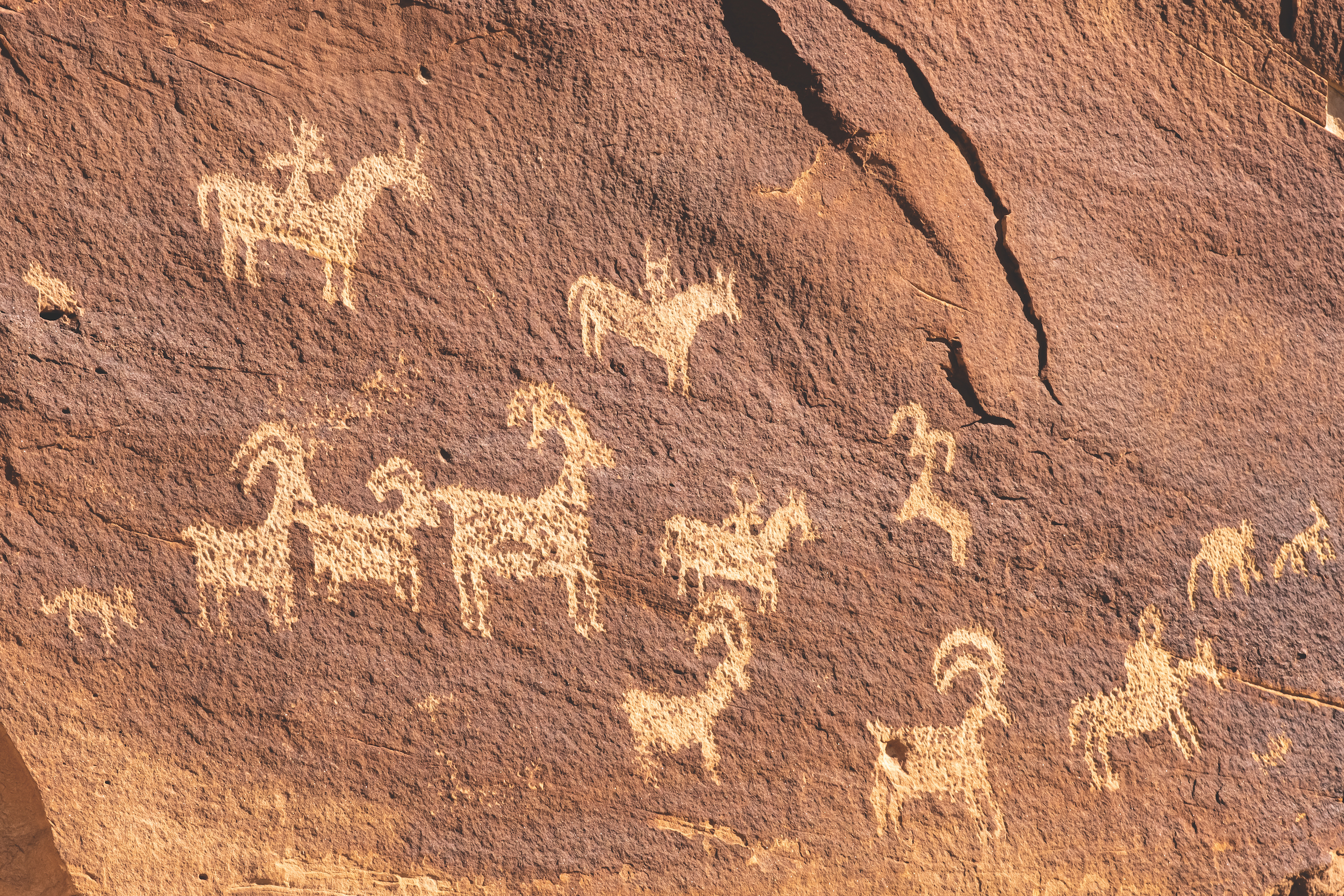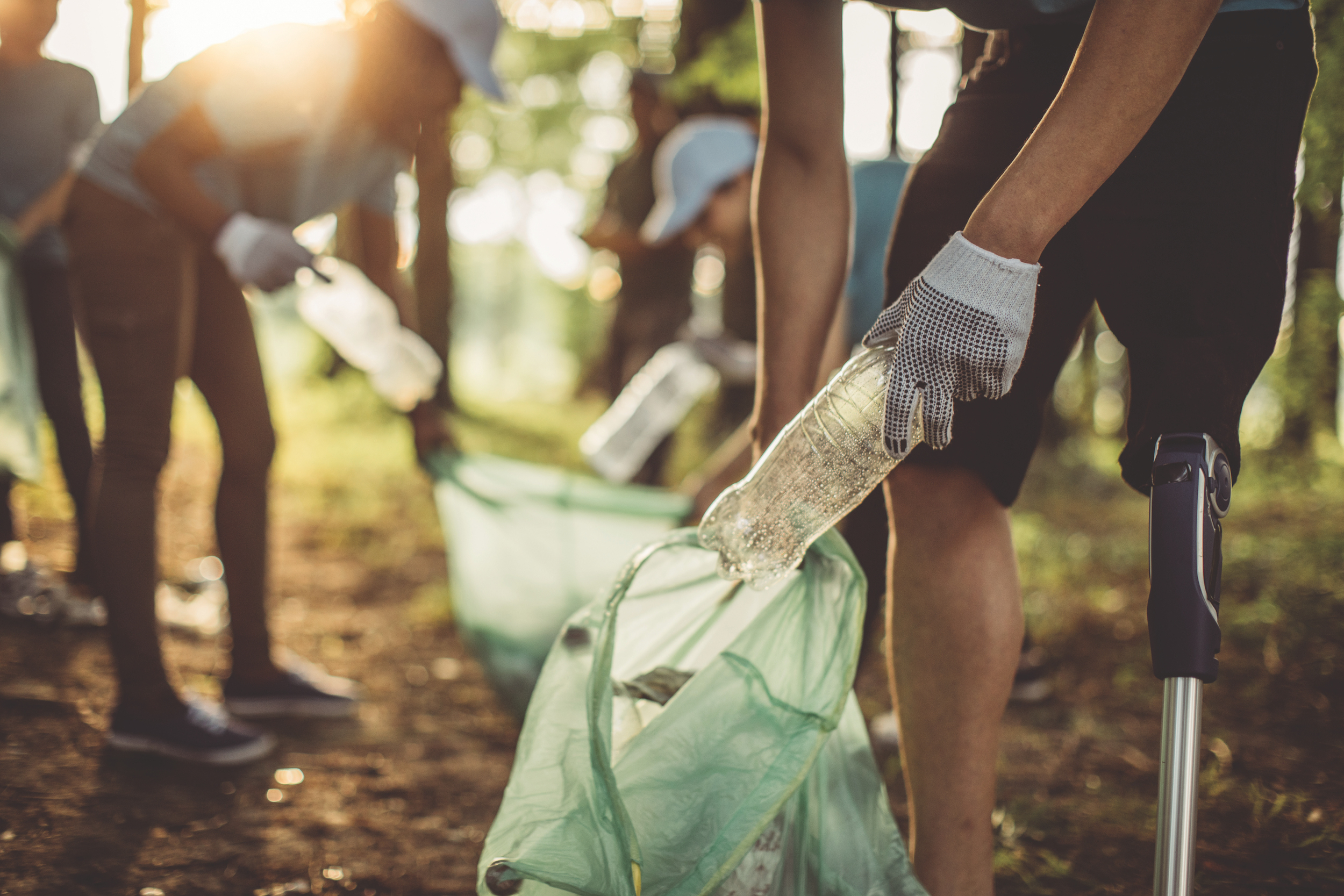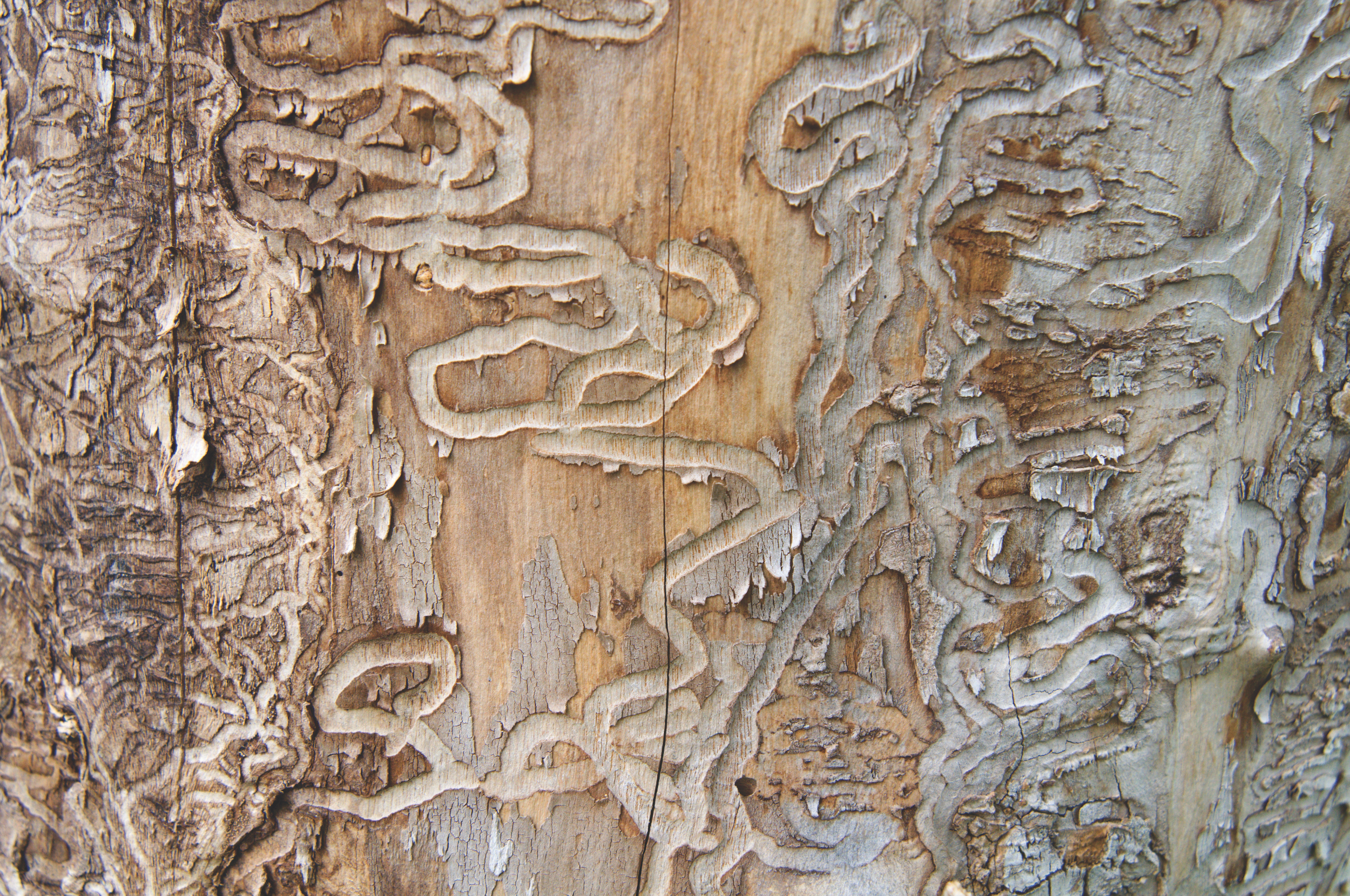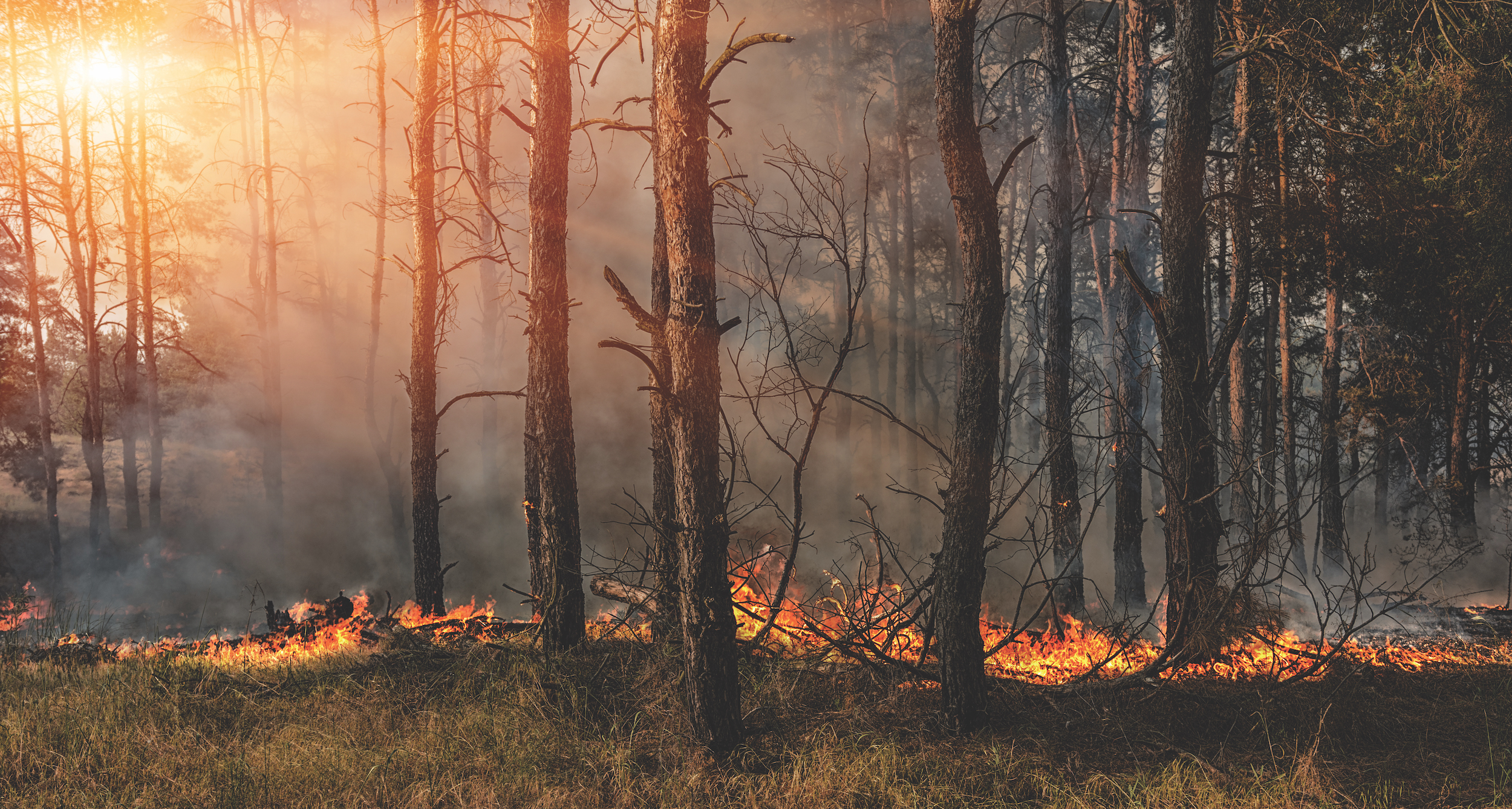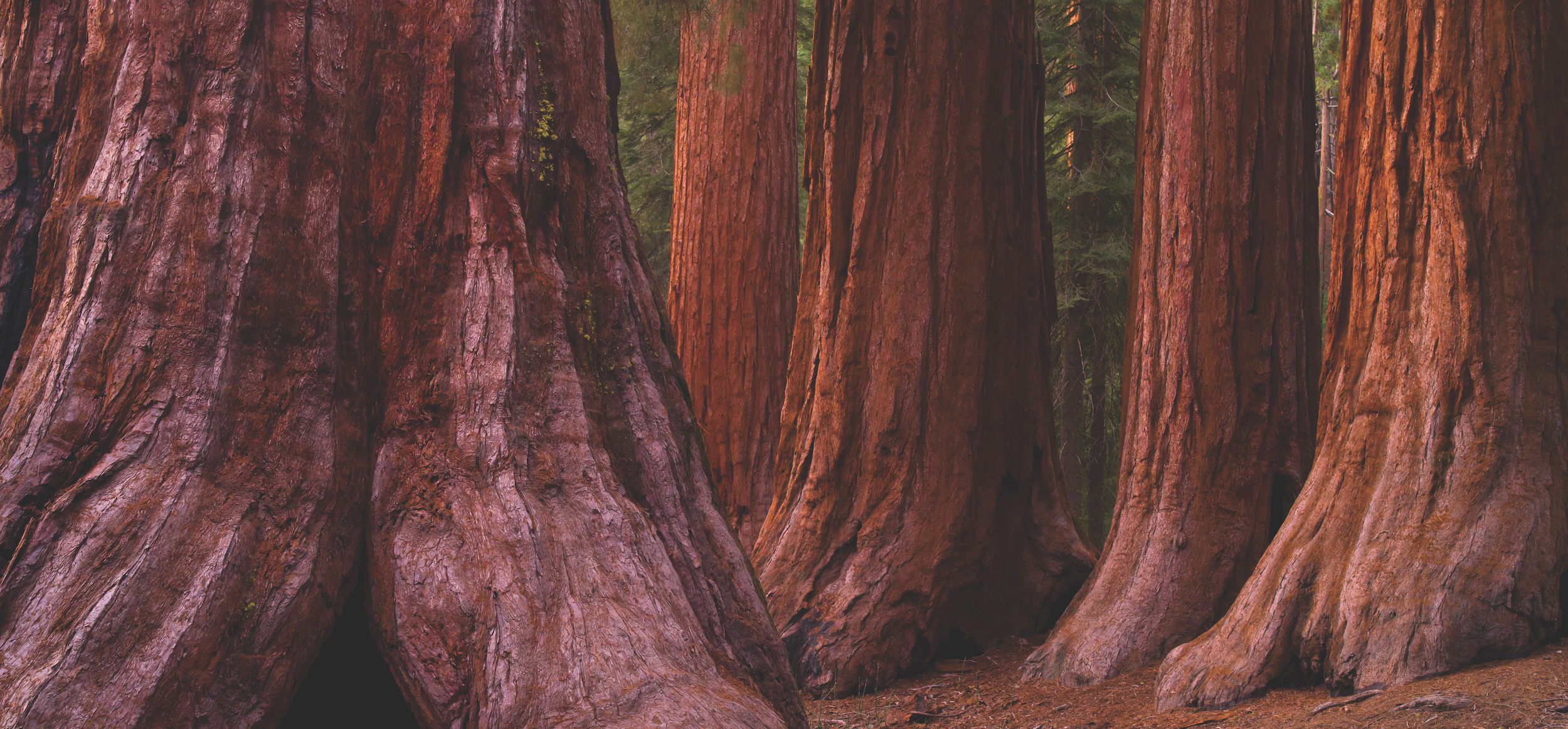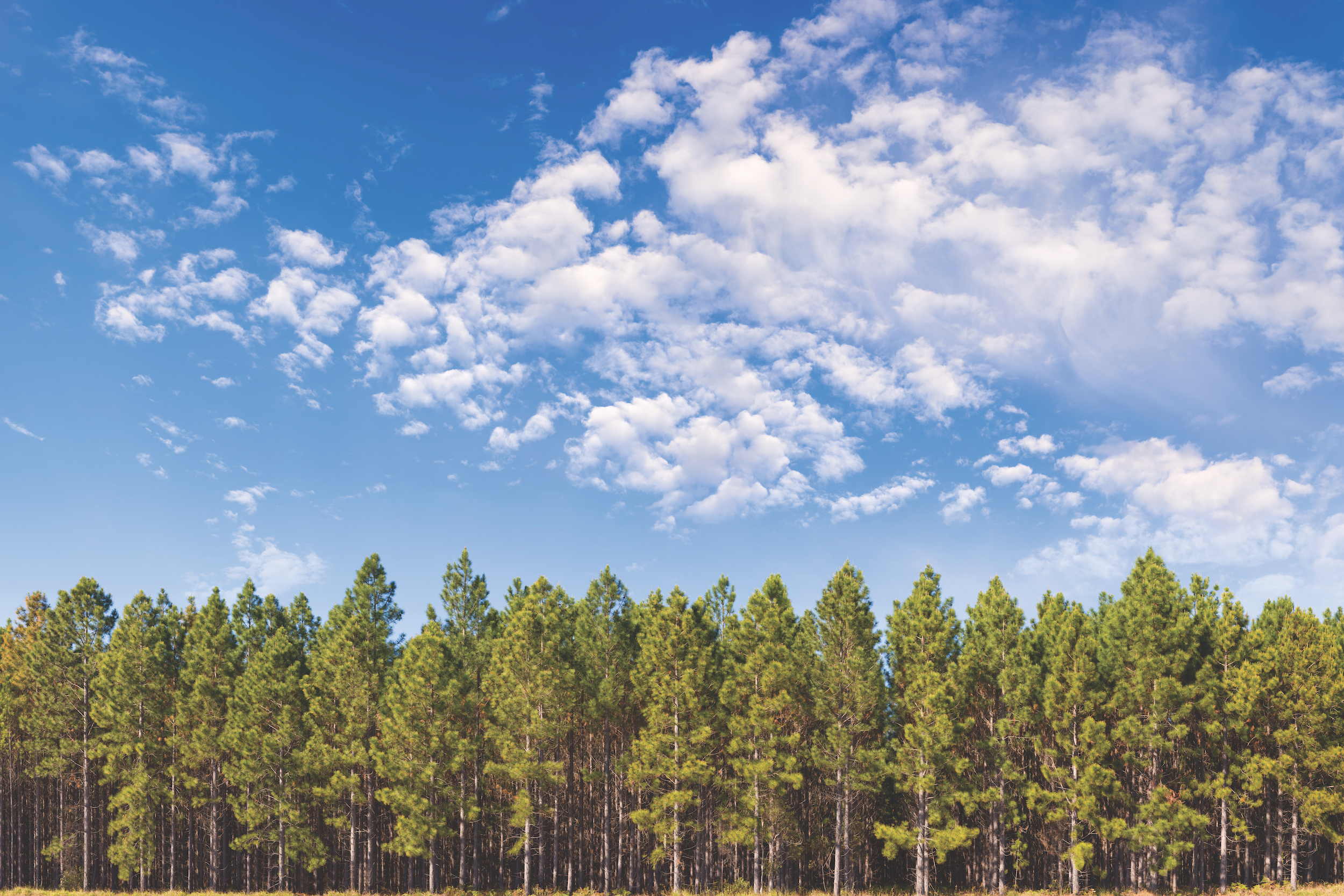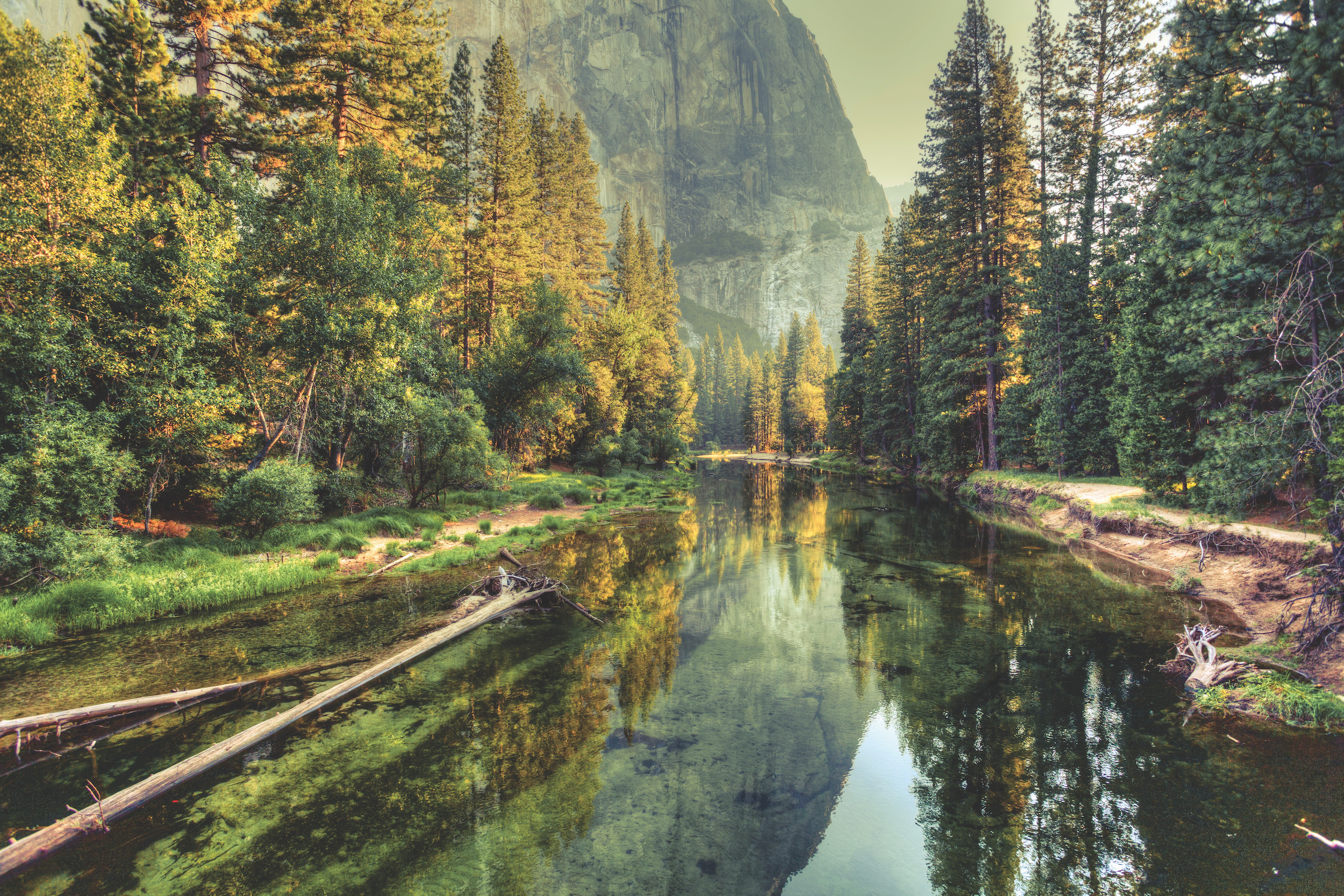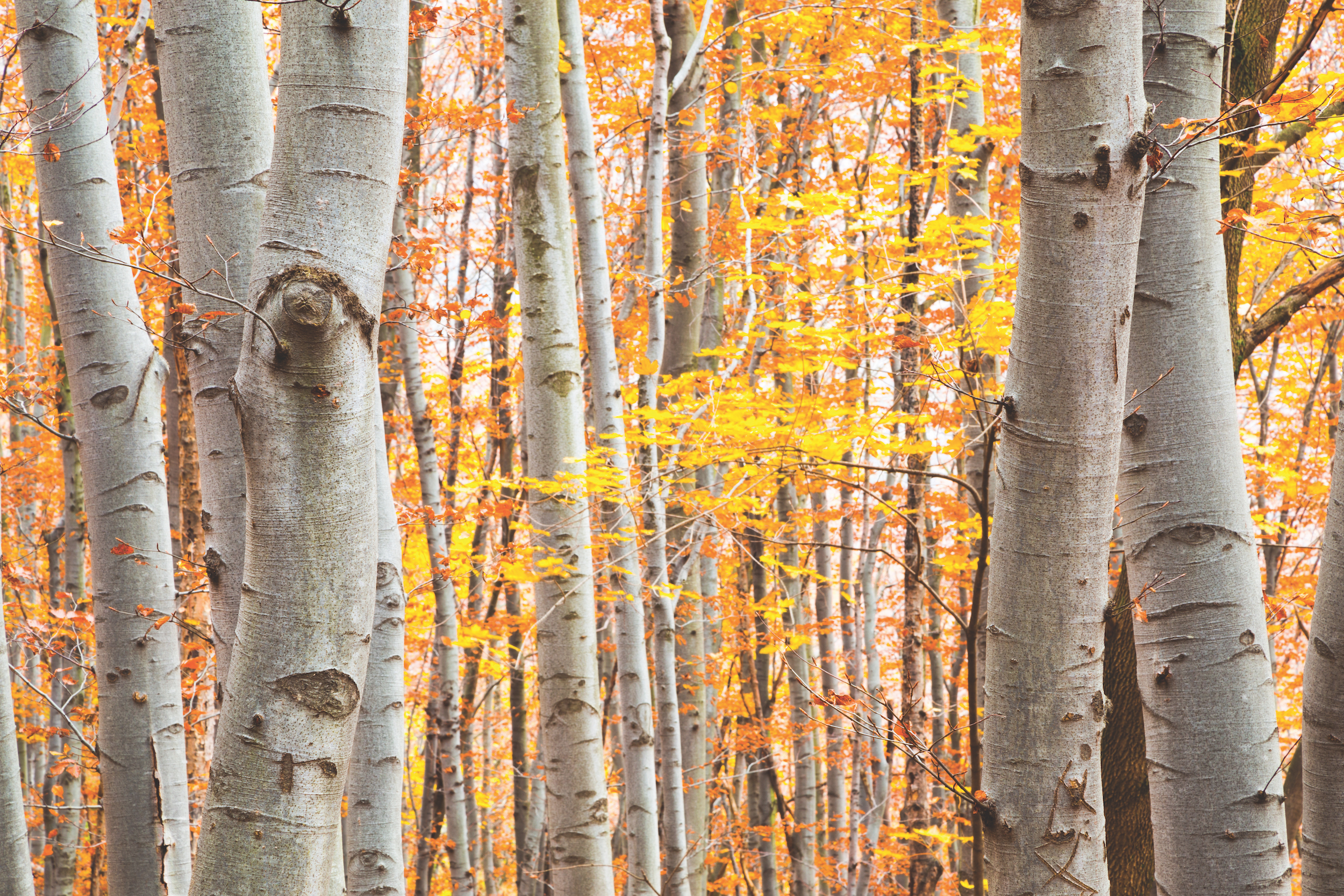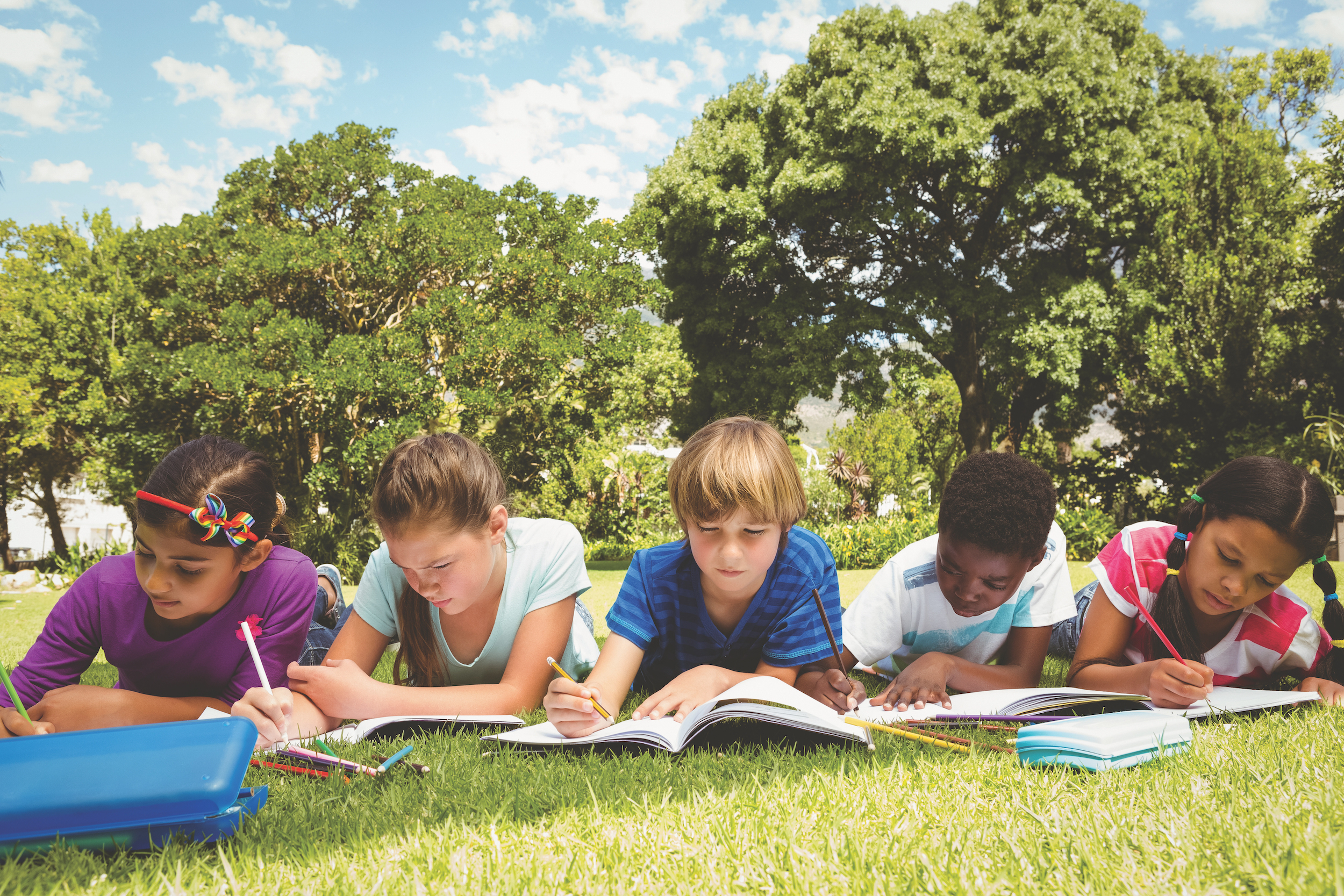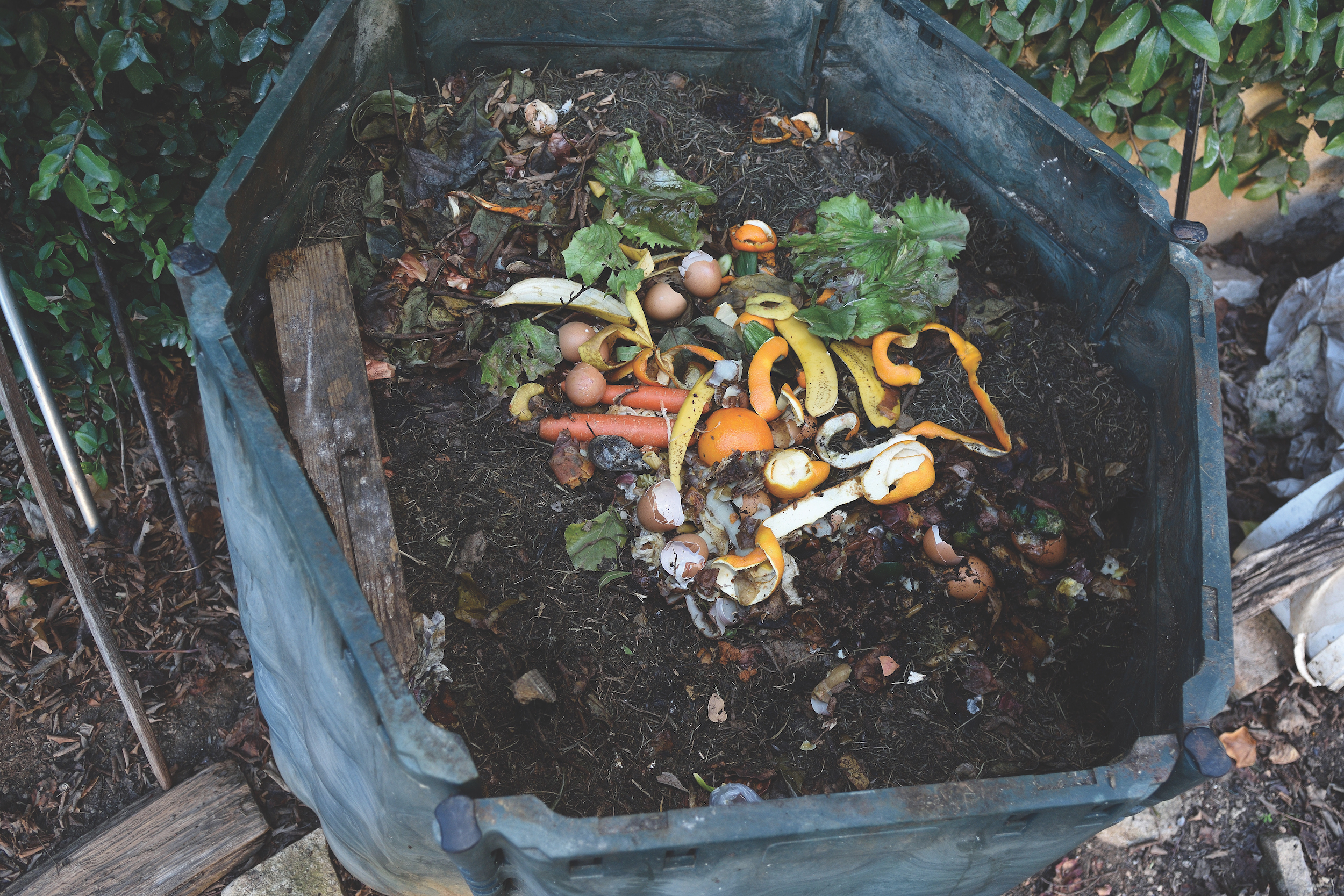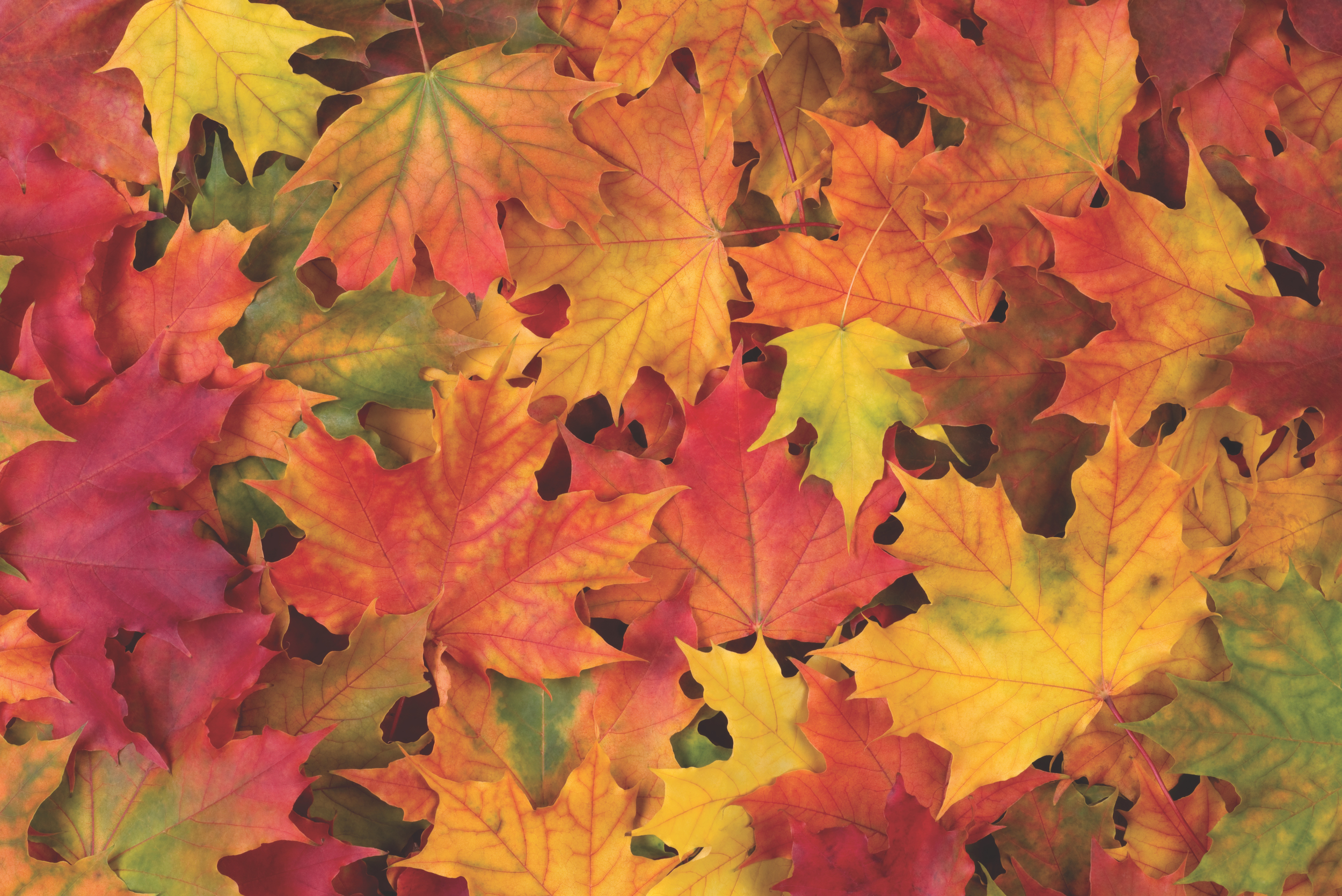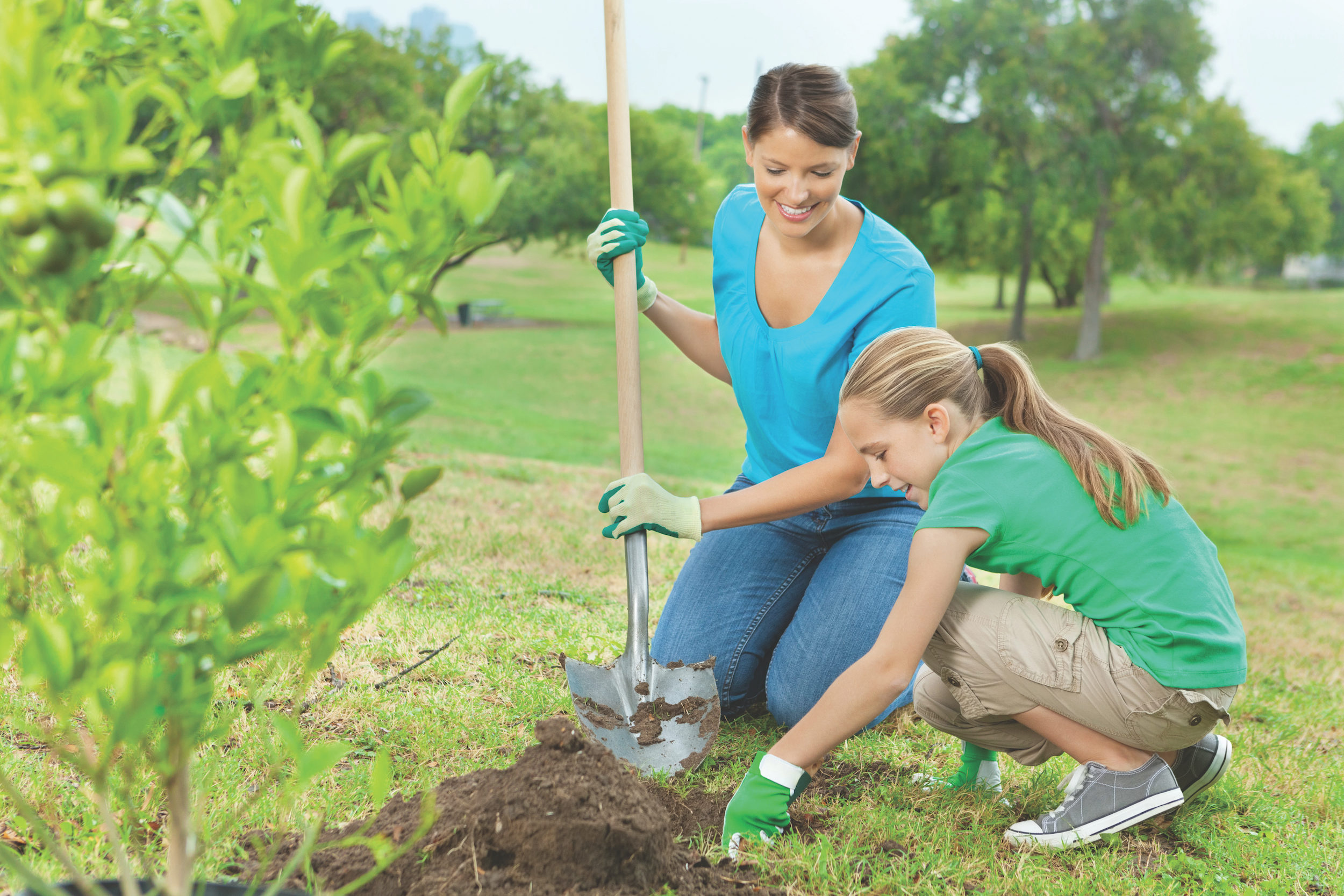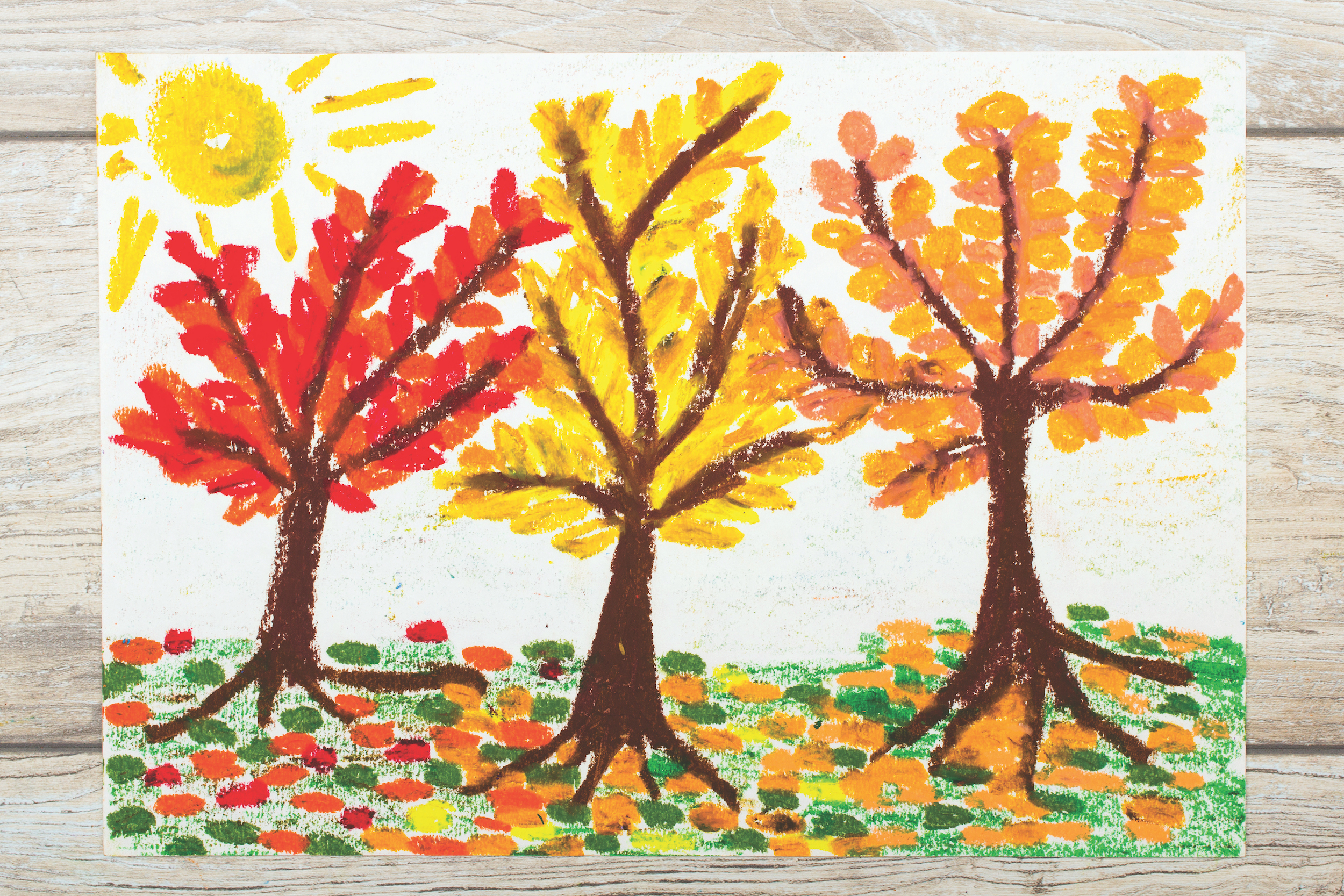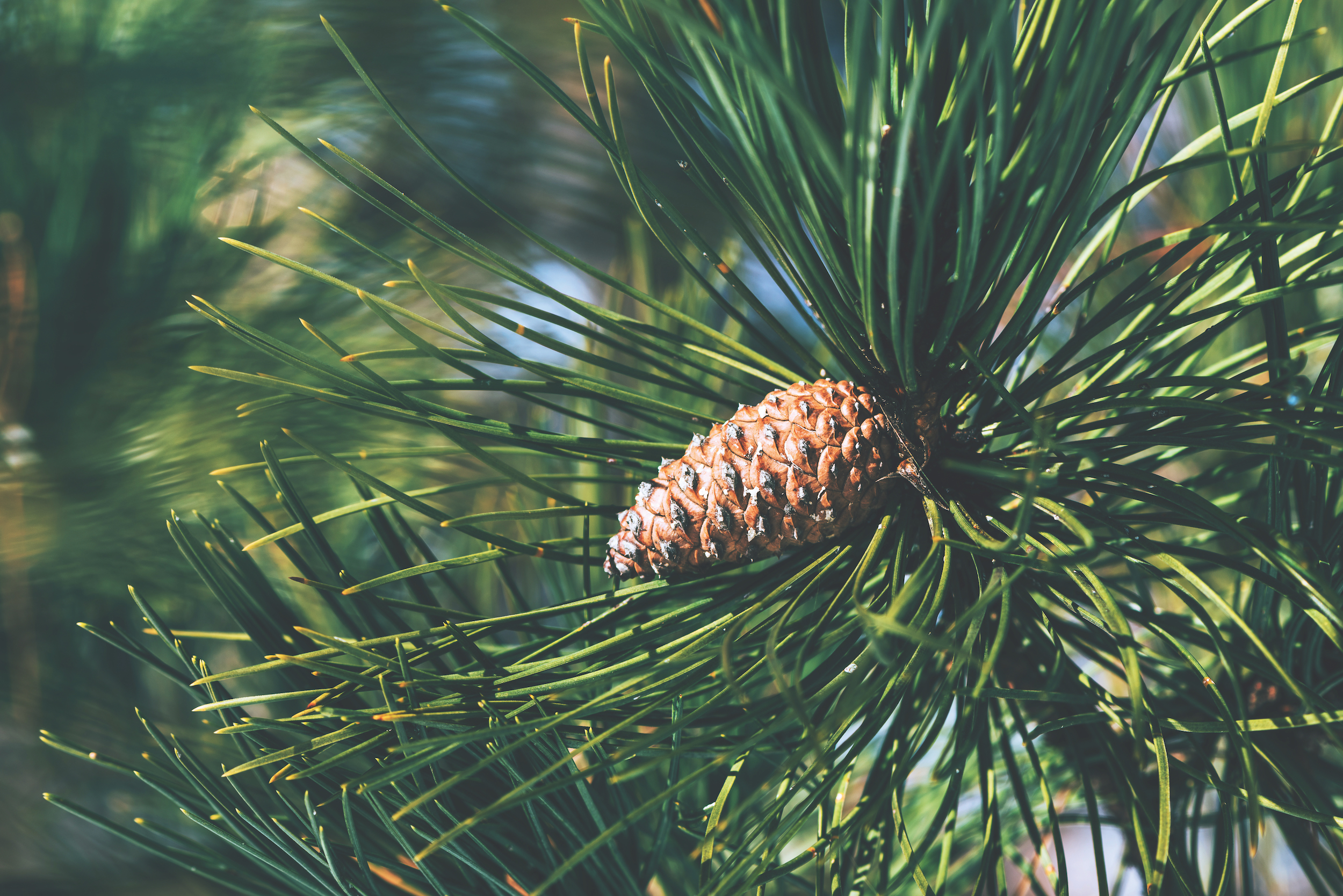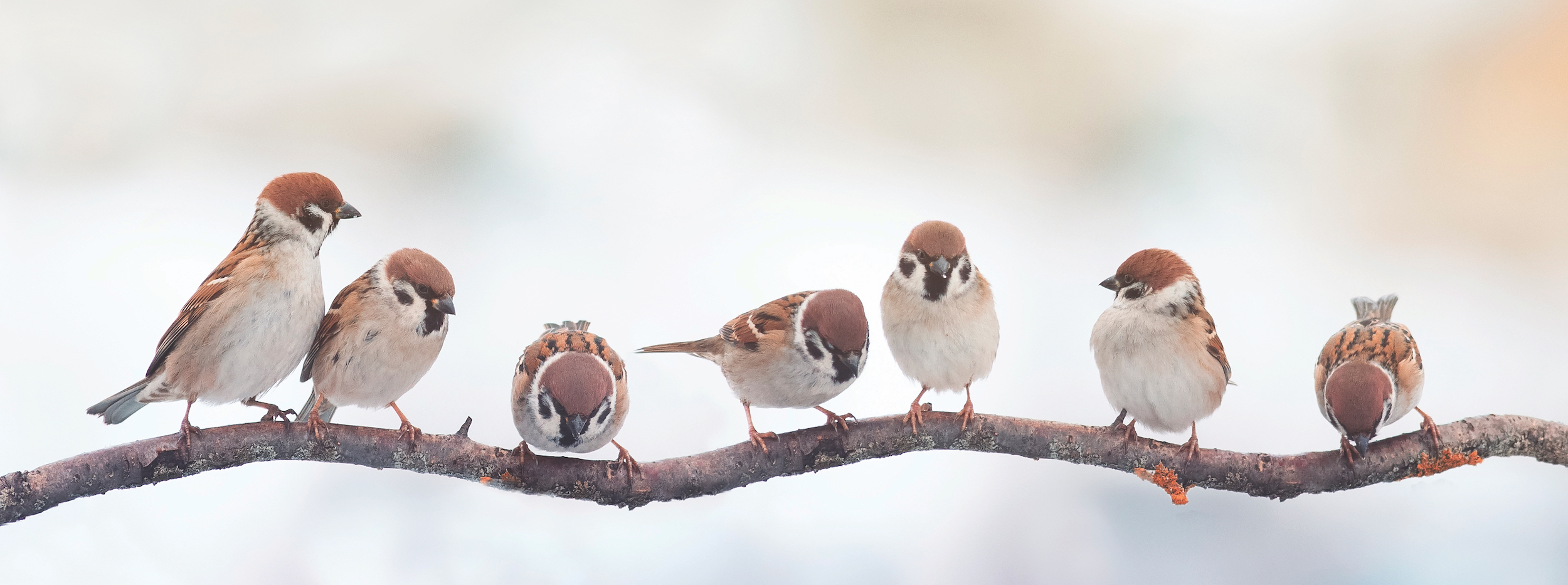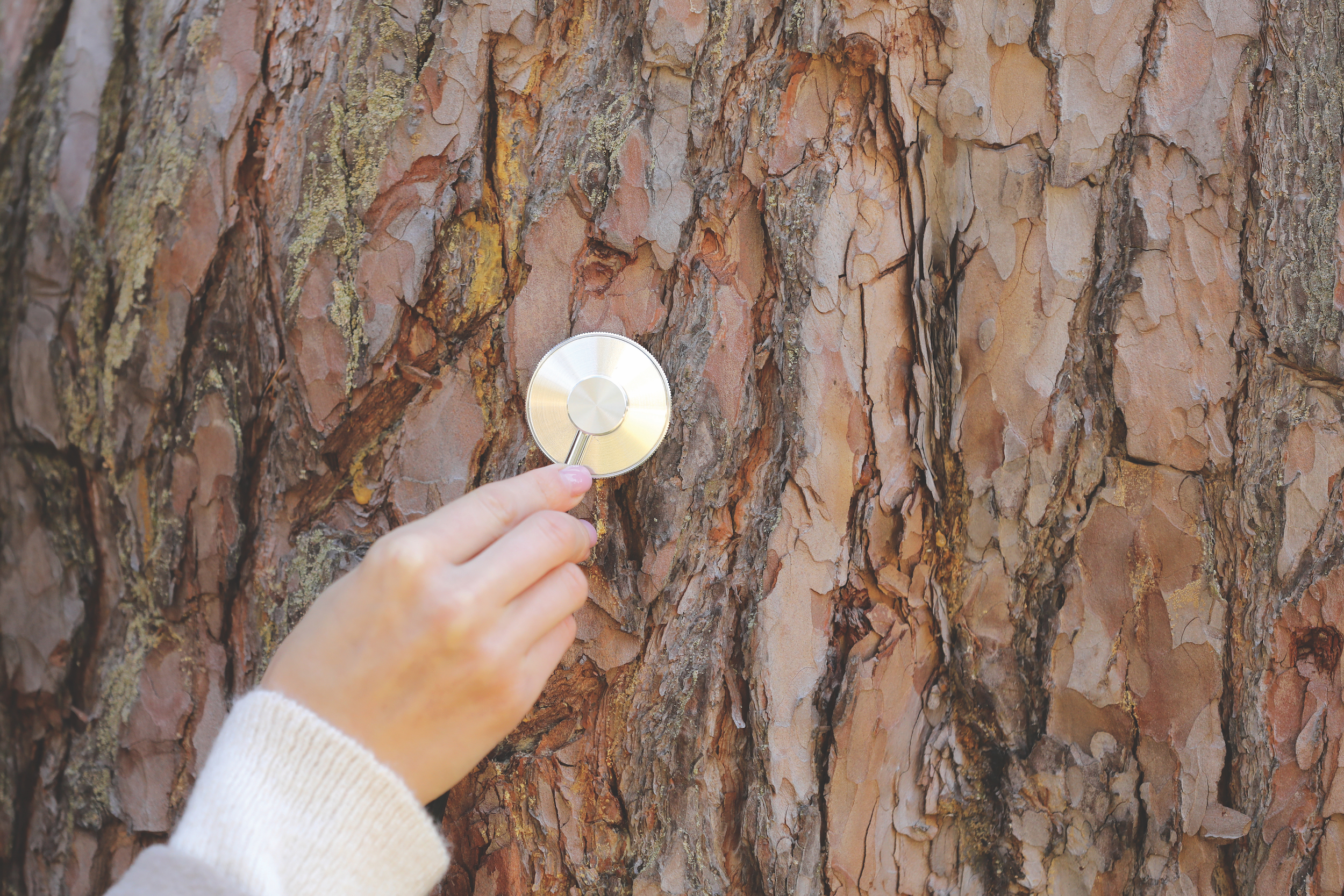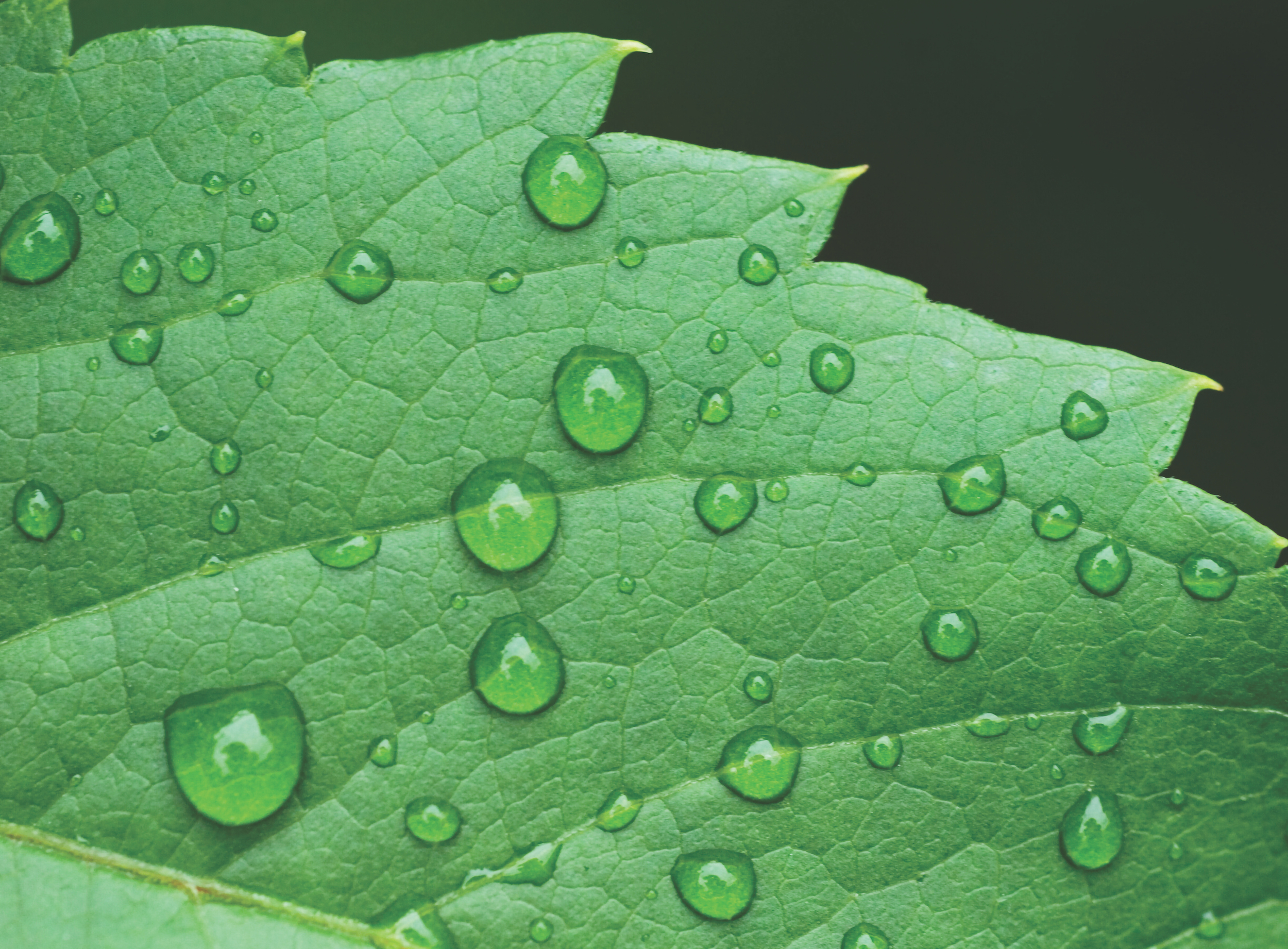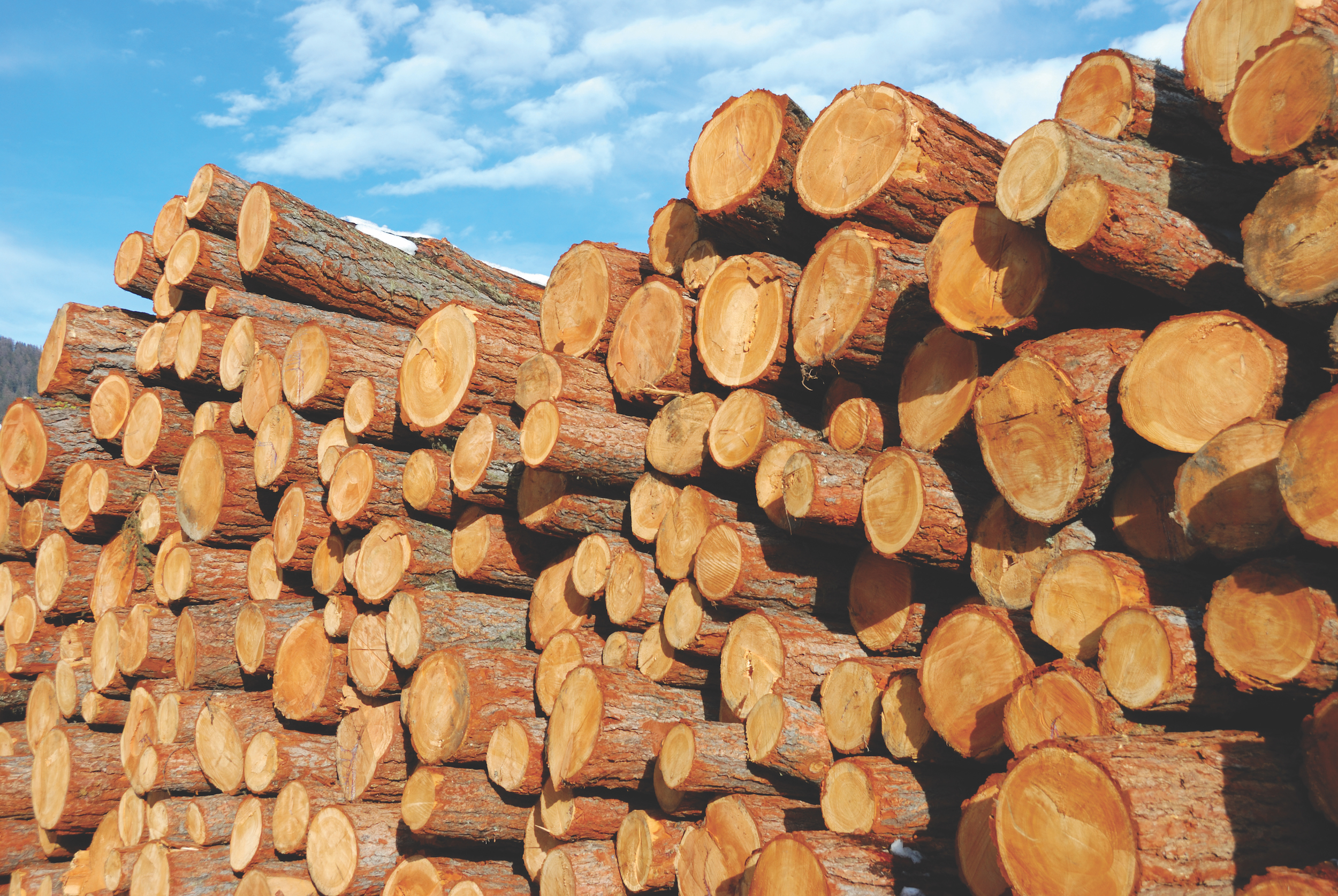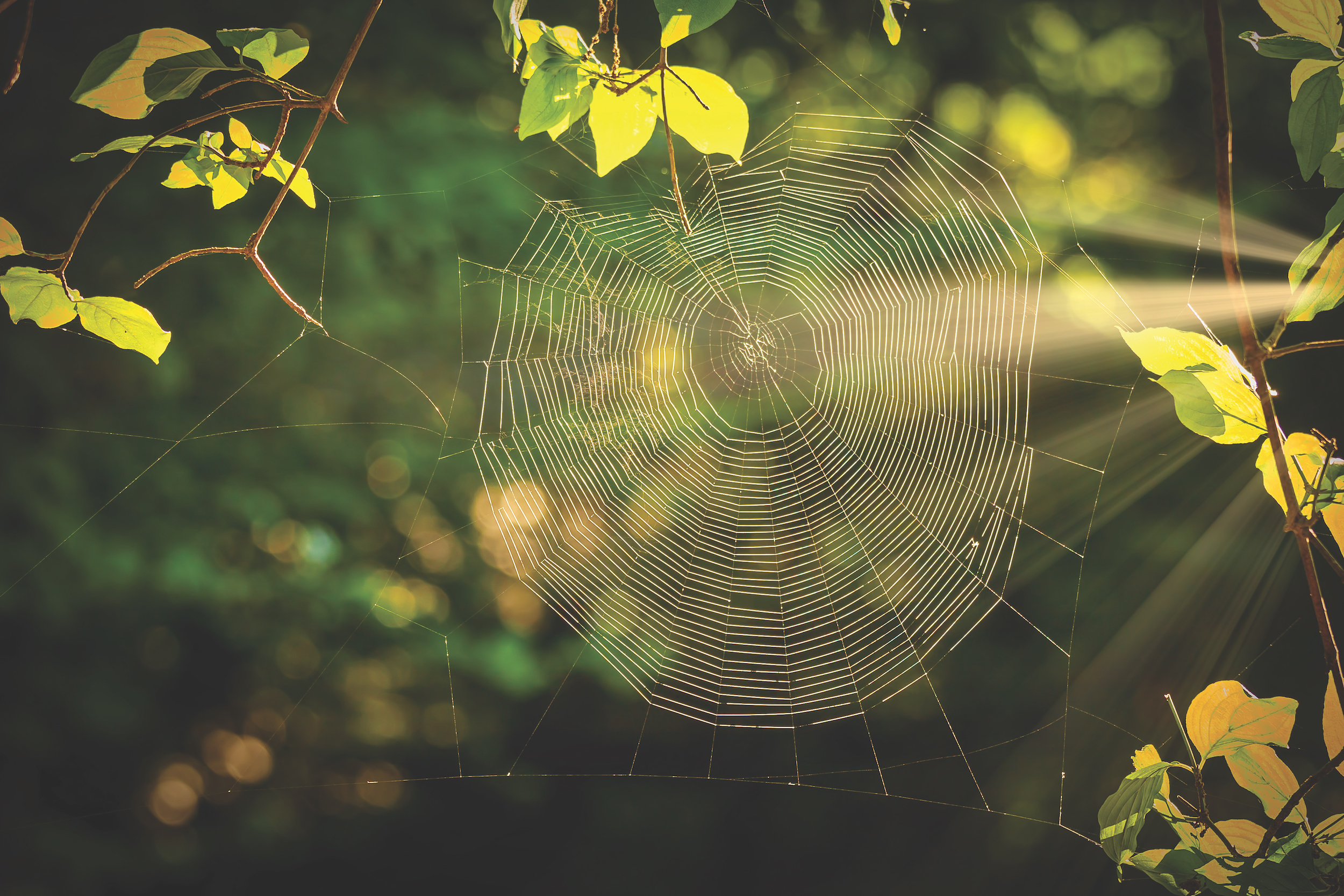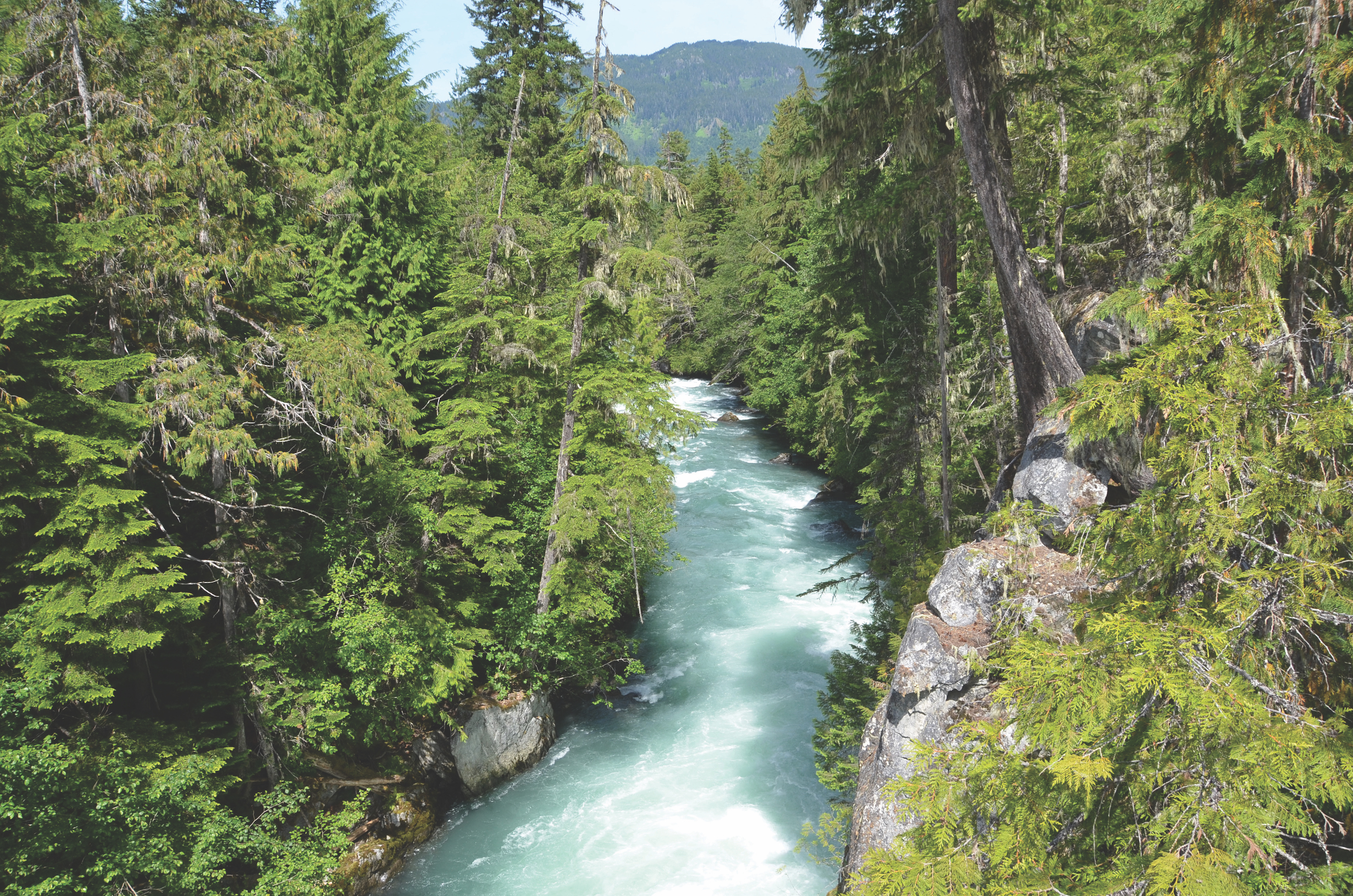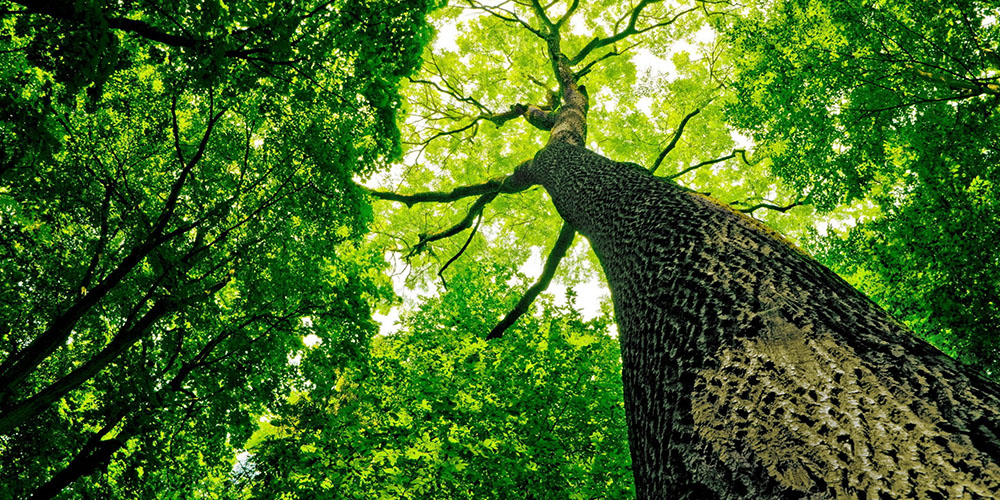Explore Your Environment: K-8 Activity Guide
Teaching About the Environment
Explore Your Environment: K-8 Activity Guide offers educators a wide variety of engaging, hands-on activities, organized into grade bands: K-2, 3-5, and 6-8. Many activities also suggest variations for doing the activity with a different grade level or audience.
Topics include trees and forests, wildlife, water, air, energy, waste, climate change, invasive species, community planning, and are designed to help students learn how to think, not what to think. Activities are suitable for use in formal classrooms and nonformal settings and most are designed to take one or two 50-minute periods of instruction.
Each activity contains all the information needed to teach the core lesson, including background information, preparation instructions, materials and time requirements, step-by-step instructions, student pages, assessment suggestions, and suggestions for extending the lesson.
![]() Taking students outdoors to make observations or collect data is the core of many lessons and while there are lessons for both indoors and outdoors, all activities offer ways to “Take It Outside!” to extend student learning. In addition, many suggest service-learning opportunities that take students into their community.
Taking students outdoors to make observations or collect data is the core of many lessons and while there are lessons for both indoors and outdoors, all activities offer ways to “Take It Outside!” to extend student learning. In addition, many suggest service-learning opportunities that take students into their community.
Hands-on Learning
PLT activities are hands-on and investigation-based, making learning fun while also building skills, stimulating knowledge gains, and actively engaging students. They afford students the opportunity to learn through real experiences, rather than just reading or hearing about them.
Children discover why leaves turn yellow in the fall. They learn how seeds travel through the wind and grow in the soil where they land. They look underneath leaves, stones, and rotting logs for evidence of decomposers. They create nature journals, develop their creative writing skills, and craft stories from their observations. They “adopt” a tree and learn about that species and watch how it changes through the seasons. They learn in a different way.
Well-tested Teaching Strategies
All PLT activities have been thoroughly field-tested by educators working with students in the classroom and in nonformal settings. In addition to inquiry-based instruction and outdoor teaching and learning, PLT activities employ differentiated instruction strategies, career connections, STEM skills building, and authentic assessment. Learn more about how the guide was developed.
![]() For example, each activity suggests effective strategies for students to apply and demonstrate what they learned from the activity. A Career Corner is included with every student worksheet to introduce youth to related green careers. Every activity incorporates at least some elements of STEM and lists relevant STEM skills. Some activities are denoted as STEM exemplars.
For example, each activity suggests effective strategies for students to apply and demonstrate what they learned from the activity. A Career Corner is included with every student worksheet to introduce youth to related green careers. Every activity incorporates at least some elements of STEM and lists relevant STEM skills. Some activities are denoted as STEM exemplars.
Activities can be used as individual, stand-alone lessons, or several activities can be linked together into a unit of instruction using a storyline technique. PLT is dedicated to ensuring that our education materials contribute to authentic and meaningful learning spaces that represent diverse voices. This newest curriculum has also been developed through a critical lens of justice and inclusion. PLT’s model of professional development also helps to ensure that instruction and content strategies can be modified to meet the needs of all learners.
Award-Winning!
 Academics’ Choice Smart Book Award
Academics’ Choice Smart Book Award
PLT’s Explore Your Environment: K-8 Activity Guide has won an Academics’ Choice Smart Book award, was named one of Kirkus Reviews’ 100 Best Indie Books of 2021, and received platinum awards for design and layout, among other recognitions. Learn more about its awards and recognitions.
 Kirkus Star, Top 100, and Other Recognitions from Kirkus Reviews
Kirkus Star, Top 100, and Other Recognitions from Kirkus Reviews
Kirkus has been a leader in the publishing industry since 1933 and is an industry-trusted source for honest and accessible reviews.
You may have noticed a Kirkus Review on the back cover of a best-selling book. Kirkus reviews around 10,000 books every year, from big publishing houses to small presses, genre publishers, and more.
That’s why we were honored to receive a great book review last June, followed by The Kirkus Star, which is awarded to books of remarkable merit, and a feature in Kirkus Reviews in August.
Most recently, in December, we learned we made their Top 100 list for Best Indie Books of 2021!
“An important and engaging tool for teachers. The activities are consistently fun throughout and offer a path toward creating a new generation focused on environmental issues.” — EXPLORE YOUR ENVIRONMENT | Kirkus Reviews
Design Awards
Not only is the content being noticed, but so is the graphic design and layout of the activity guide!
We spent a lot of time with educators to improve the organization and layout of the guide. New icons and graphics not only make Explore Your Environment look contemporary and visually appealing, but they also make the guide easy and efficient to use.
 Hermes Platinum Award
Hermes Platinum Award
The Hermes Awards are one of the oldest and largest creative competitions in the world, administered by the Association of Marketing and Communication Professionals, and Explore Your Environment won a platinum Hermes Creative Award.
Winners range in size from individuals to media conglomerates and Fortune 500 companies. Other award winners include well-known entities such as Airbnb, Fidelity Investments, PepsiCo, and more.
 MarCom Platinum Award
MarCom Platinum Award
Explore Your Environment also earned a platinum MarCom award for print design.
Since it was founded in 2004, MarCom has grown into one of the world’s largest and most-respected creative competitions. More than 6,500 print and digital entries are submitted from dozens of countries each year.
A Tree’s Life
Students discover that trees have life stages that are similar to those of other living things. They discuss a tree’s role in the ecosystem at each stage of its life.
Adopt a Tree
Students select individual trees to observe over time, deepening their awareness of tree changes and developing a greater appreciation for their local environment.
Backyard Naturalist
Every organism needs food, water, shelter, and space. A place that meets all these needs is called a habitat. Students will explore a nearby habitat—their backyard, schoolyard, or other outdoor setting—to look for signs of animals living there.
Birds and Bugs
Camouflage is an essential survival strategy in the natural world. Students discover the value of protective coloration as they pretend to be birds in search of colored bugs.
Bursting Buds
In early spring, many trees sprout bright green leaves. Where do the leaves come from? How do they form? Students investigate these questions by observing tree buds throughout the year.
Charting Biodiversity
Students explore the amazing diversity of life on Earth and discover how plants and animals are adapted for survival. This activity helps students understand why there are so many different species and teaches them the value of biodiversity.
Decisions, Decisions
Decisions about community land use are complex and often involve many people in many ways. In this activity, students use trees as a backdrop to develop a land-use plan.
Did You Notice?
Students observe differences over time to learn that change in the environment can occur quickly, slowly, or not at all.
Discover Diversity
Students imagine that they are visitors from outer space, viewing life on Earth for the first time. By describing in minute detail all the life they find in a small plot of land, they will become more aware of the diversity and abundance of life.
Environmental Health for All
Everyone has an equal right to a healthy environment—but does everyone have a healthy environment?
Every Drop Counts
It’s easy to waste water and even easier to take water for granted. Water pours out of our faucets as though it were endlessly available. But the truth is the supply of good quality, fresh water is limited. Fortunately, we can all conserve water.
Every Tree for Itself
This fun and active modeling simulation reviews the conditions that trees need to live and grow, while also demonstrating that trees must compete to meet their needs.
Exploration Energy!
The energy we use at home, school, or work enhances our lives, but it also often contributes to air and water pollution, wildlife and habitat loss, and climate change.
Fallen Log
It’s amazing how many things live in and on rotting logs. In this activity, your students will become familiar with some of those organisms by observing fallen logs or other decomposing pieces of wood.
Field, Forest, and Stream
Students conduct a field study of three different environments as they focus on sunlight, soil moisture, temperature, wind, water flow, plants, and animals in each environment.
Forest in the City
The trees in our communities provide many benefits: they improve air quality, store carbon, and conserve energy.
Get Outside!
Regular time outdoors is beneficial for emotional, mental, and physical health, as well as for creativity, learning, and child development. In this activity, students will examine the physical and emotional effects of a task done outdoors.
Global Goods
Students gain an appreciation for how many natural resources they depend on in their day-to-day lives. By tracing the resources that go into making one item, students learn how its manufacturing can have an impact on the environment.
Have Seeds, Will Travel
A plant is a biological system containing processes and components that enable it to grow and reproduce. By observing, collecting, and classifying seeds, students examine one aspect of a plant’s reproductive system.
Here We Grow Again
A plant is a biological system that needs sunlight, water, air, nutrients, and space in order to survive and thrive. Students conduct inquiry-based experiments to explore these essential plant requirements.
If You Were the Boss
Students play the role of forest manager for a 400-acre (162-hectare) public forest, exploring the complex factors that influence management decisions about forest lands.
Improve Your Place
Every living thing has a habitat—a place that meets its needs. Human beings’ habitat is the community in which they live.
Invasive Species
Throughout history, people have intentionally and unintentionally moved plant and animal species to new environments. Some of these species have proved beneficial, but others invade natural habitats, causing environmental and sometimes economic harm.
Life on the Edge
Students model processes that can lead to species becoming rare or endangered. Then, they become advocates for rare or at-risk species of plants or animals and create “public relations campaigns” on behalf of these species.
Living with Fire
Students learn about the three elements a fire needs to burn and find out how this “fire triangle” can be used to prevent and manage wildland fires, particularly in the wildland–urban interface.
Make Your Own Paper
Students learn about the papermaking process by trying it themselves. Students will find out that they can make their own paper and that their product is practical, as well as beautiful.
My Green Future
All kinds of people work in the forest—from foresters, to loggers, to scientists. Everyone depends on properly managed forests for recreation, essential products, wildlife and biodiversity, clean water and air.
Nature’s Skyscrapers
Trees come in many shapes and sizes. Students become familiar with tree structure and scale by using different methods to measure them and by making comparisons. They learn the importance of standardized measurements and proper measuring techniques.
Nothing Succeeds Like Succession
Succession is a natural pattern of change that takes place over time in a forest or other ecosystem. Students read a story about succession and investigate the connections among plants, animals, and successional stages in a local ecosystem.
Our Federal Forests
Our nation’s forests are managed to support different outcomes. Students learn how forests can be managed to meet human and environmental needs and examine national parks to identify challenges that forest managers face meeting different needs.
Peek at Packaging
Nearly everything we buy comes in some sort of package. Students examine the pros and cons of different packaging and design an “ideal” package.
Peppermint Beetle
Students explore their sense of smell and discover why smell is important to animals, including beetles and humans.
Plant a Tree
Never underestimate the power of a tree! In addition to giving us an amazing array of paper and wood products, trees provide a host of other benefits—from shading our backyards to reducing air pollution to helping stabilize the global climate.
Reduce, Reuse, Recycle
By examining trash, students can learn a lot about how and why they throw things away. Students find ways to reduce their community’s waste production and improve its management through participation in a service-learning project.
Renewable or Not
Students model what happens to renewable and nonrenewable resources over time and discover why sustainable use of natural resources is so important.
Signs of Fall
Students will look for signs of autumn and conduct an investigation to discover why the leaves of deciduous trees change color in the fall.
Soil Builders
Students explore differences in soil types and what those differences mean to people and to plants. They also investigate the role soil organisms play, both in building soil and in decomposition.
The Closer You Look
Even though students may be very familiar with trees, they may not have thought much about the actual structure of a tree. In this activity, your students will go outdoors or view pictures to take a closer look at trees and their parts.
The Global Climate
Using data collected from Mauna Loa, students graph changes in atmospheric levels of carbon dioxide (CO2) over the course of several decades and identify possible reasons for those changes.
Tree Cookies
Tree rings show patterns of change in the tree’s life, as well as changes in the area where it grows. Students will trace environmental and historical changes using a cross-section of a tree.
Tree Factory
By modeling the parts of a tree and creating a “tree factory,” students will learn about the structure of a tree.
Trees as Habitats
From their leafy branches to their tangled roots, trees provide habitat for a host of plants and animals. Students will inventory the plants and animals that live in, on, and around trees and discover how plants and animals depend on them.
Trees for Many Reasons
By reading a story such as The Lorax by Dr. Seuss, students can examine the importance of conserving natural resources.
Trees in Trouble
Students examine trees for signs of damage or poor health and investigate conditions that may cause trees and other plants to become unhealthy.
Water Wonders
The water cycle is the system by which Earth’s water is collected, purified, and distributed from the environment to living things and then returned to the environment.
We All Need Trees
Students are often surprised to learn how many different products we get from trees. Use this activity to help students learn just how much we depend on trees in our daily lives.
Web of Life
By conducting research and modeling a food web, students take a close look at a forest ecosystem and discover ways that plants and animals are connected to one another.
What’s in a Label?
Students explore the environmental, social, and economic criteria of forest certification and consider possible benefits and limitations of certification for both forests and people.
Explore Your Environment: K-8 Activity Guide is a supplementary curriculum that is multi-disciplinary, with an emphasis on science, reading, writing, mathematics, and social studies.
Each PLT activity displays explicit connections to practices and concepts expected by the following national academic standards so teachers can easily see where the materials will fit into their lesson plans:
- Next Generation Science Standards (NGSS)
- Common Core Toolkit, includes
- English Language Arts (CCSS.ELA)
- Mathematics (CCSS.MATH)
- College, Career, and Civic Life Framework for Social Studies (C3)
Our professional development further demonstrates these connections, as well as to state and local standards, contact your state coordinator.
Login to download supporting materials such as appendices and teaching tips.
Login
 Get this Guide
Get this Guide
 Find Training
Find Training
